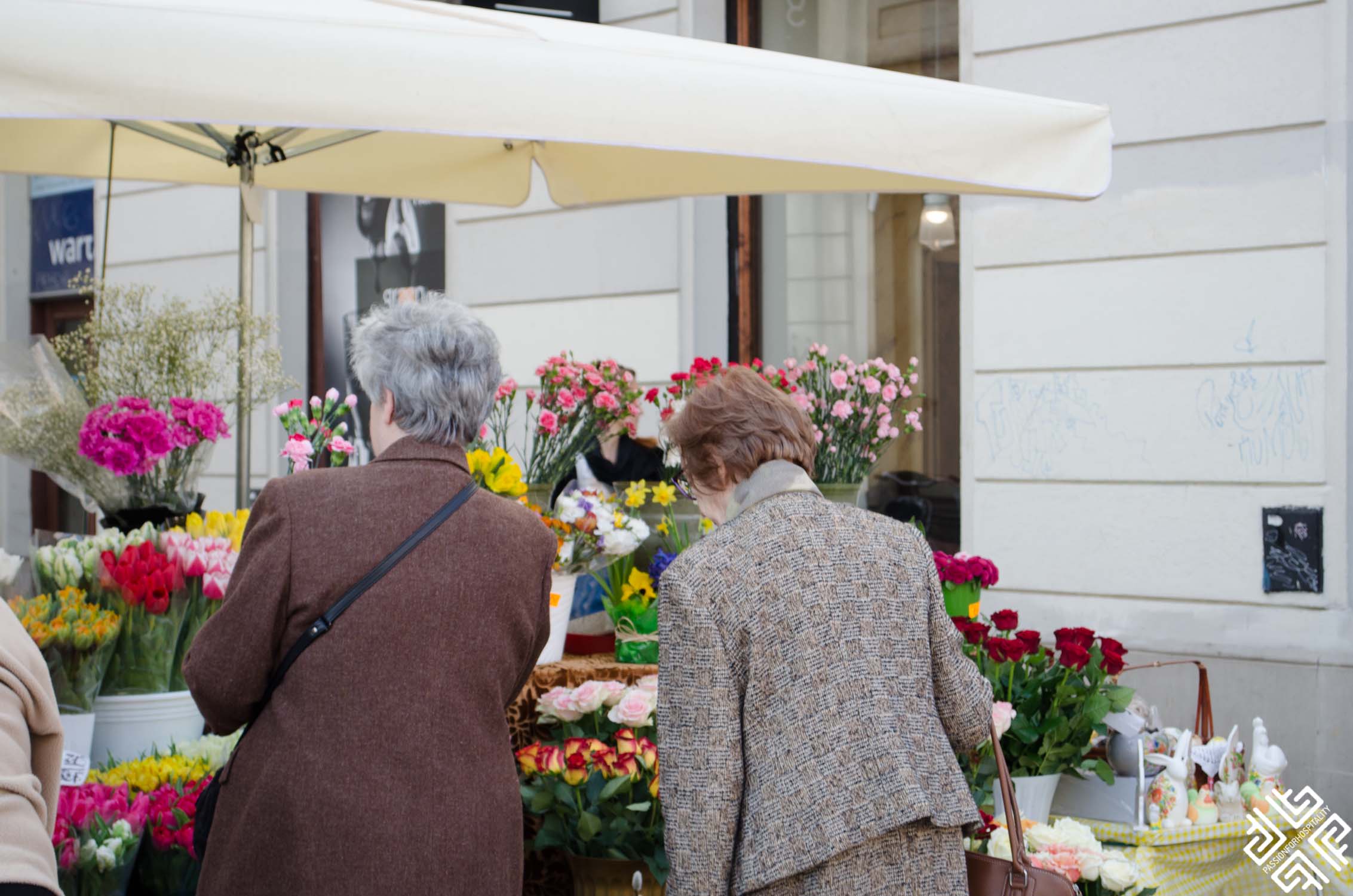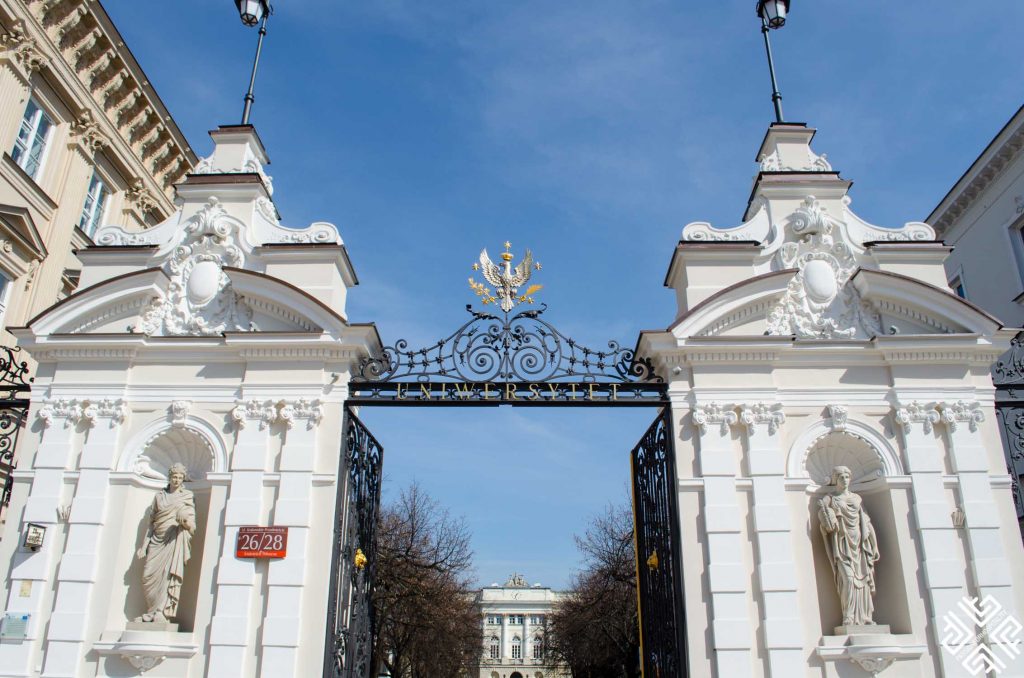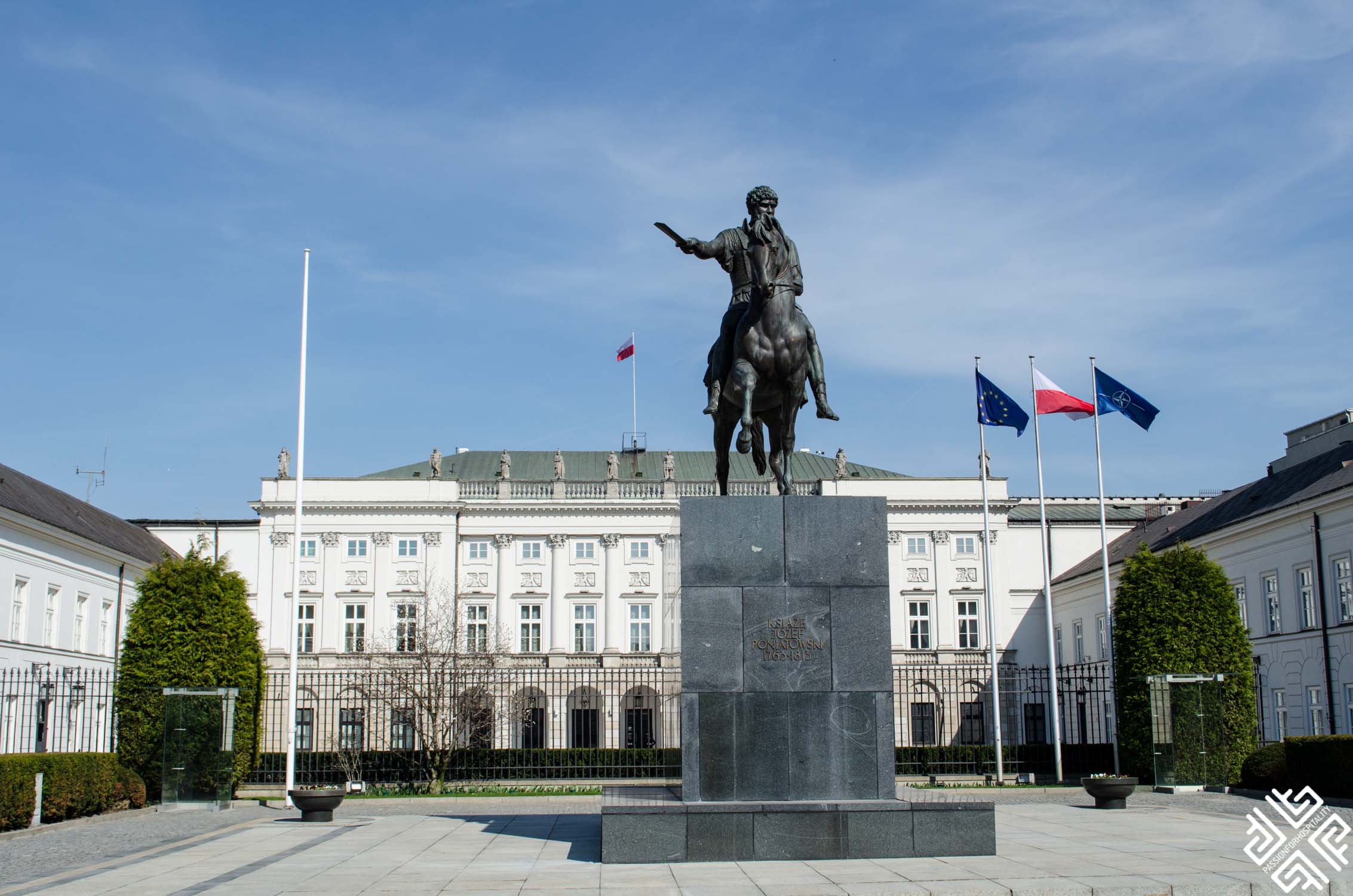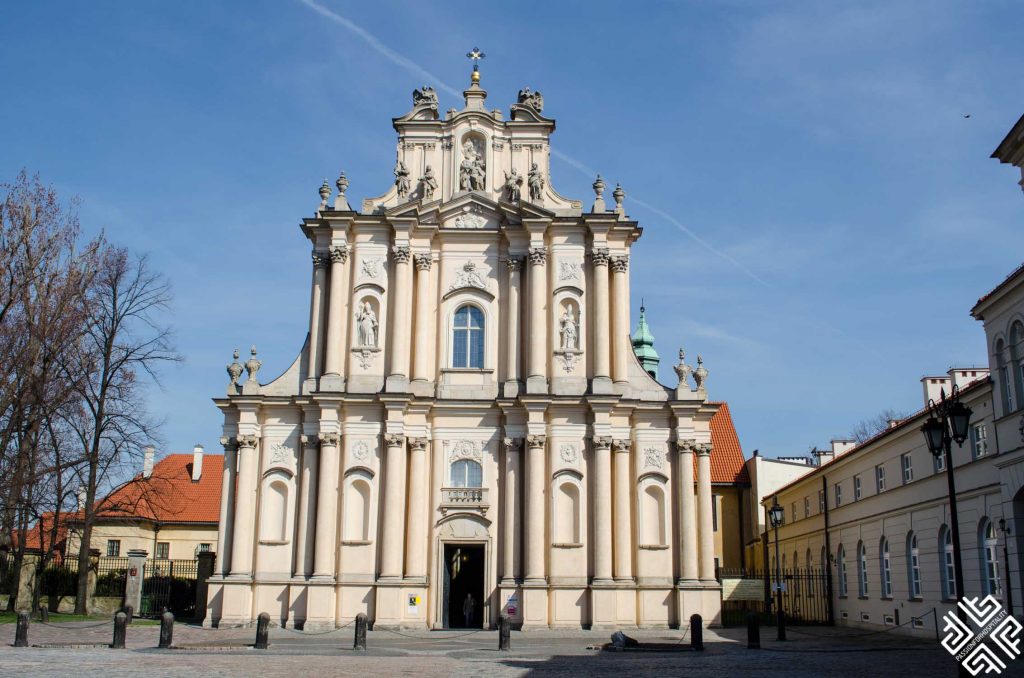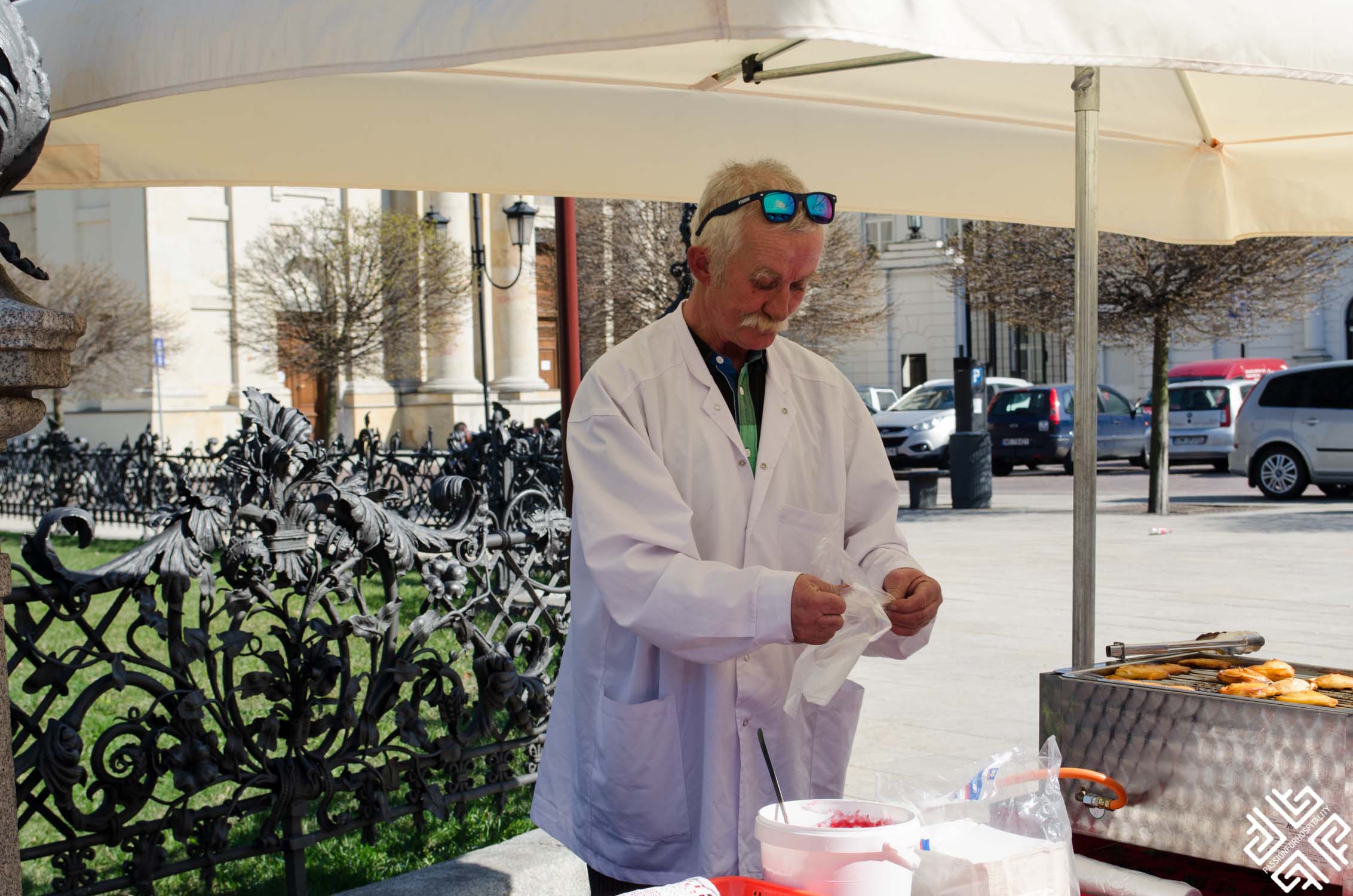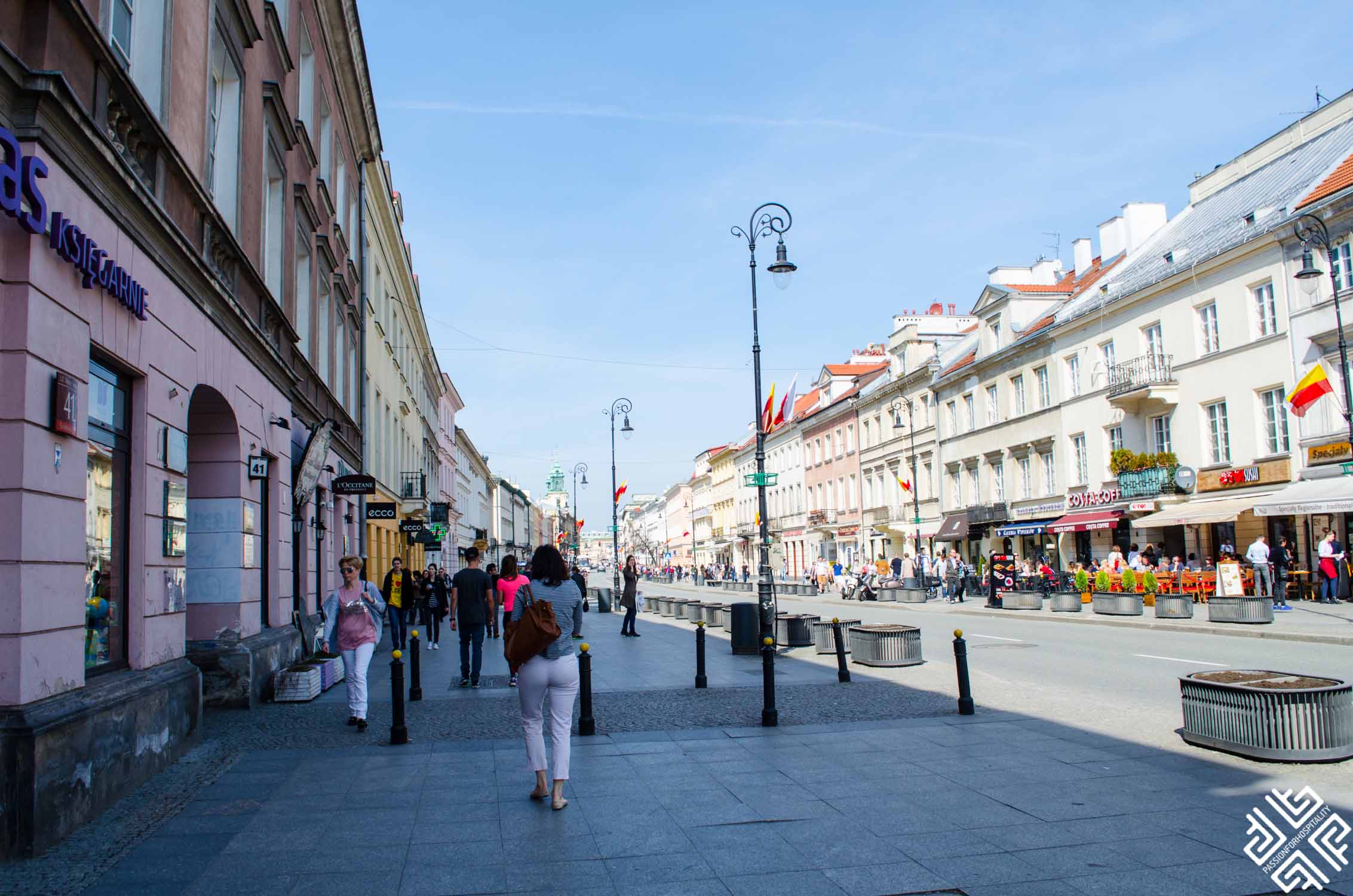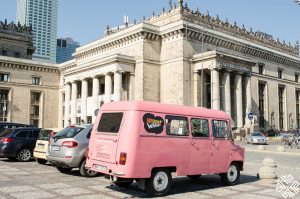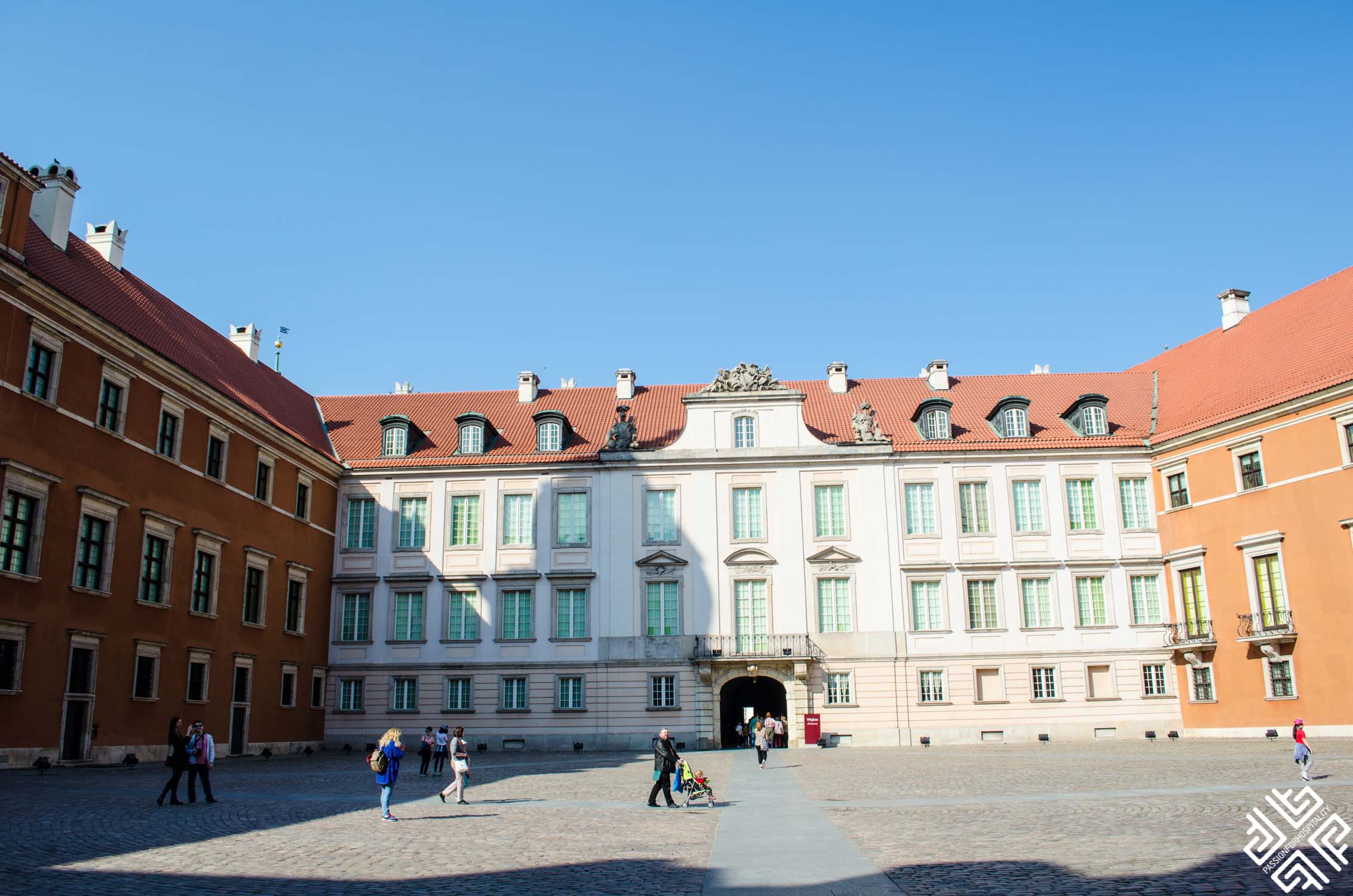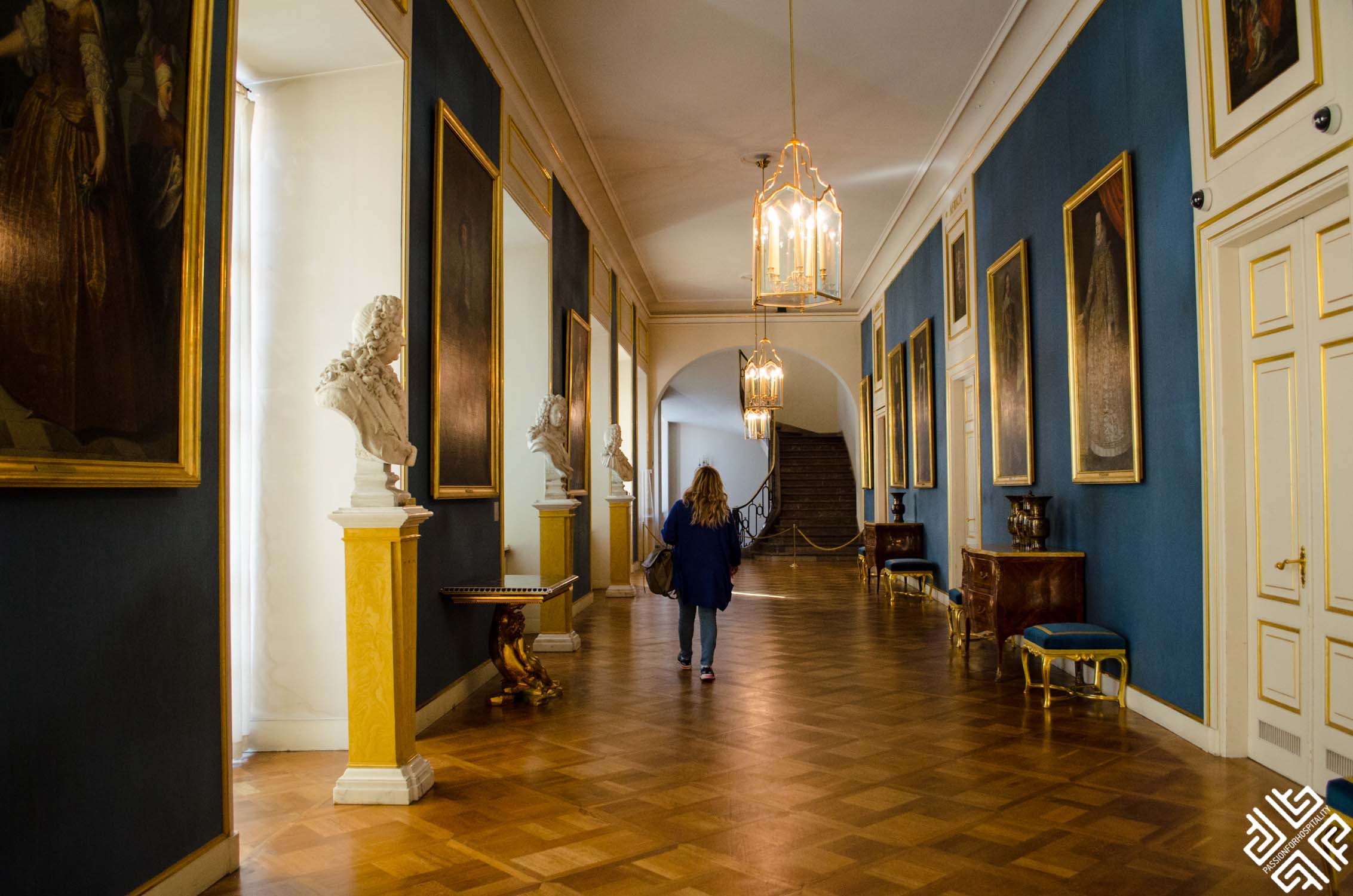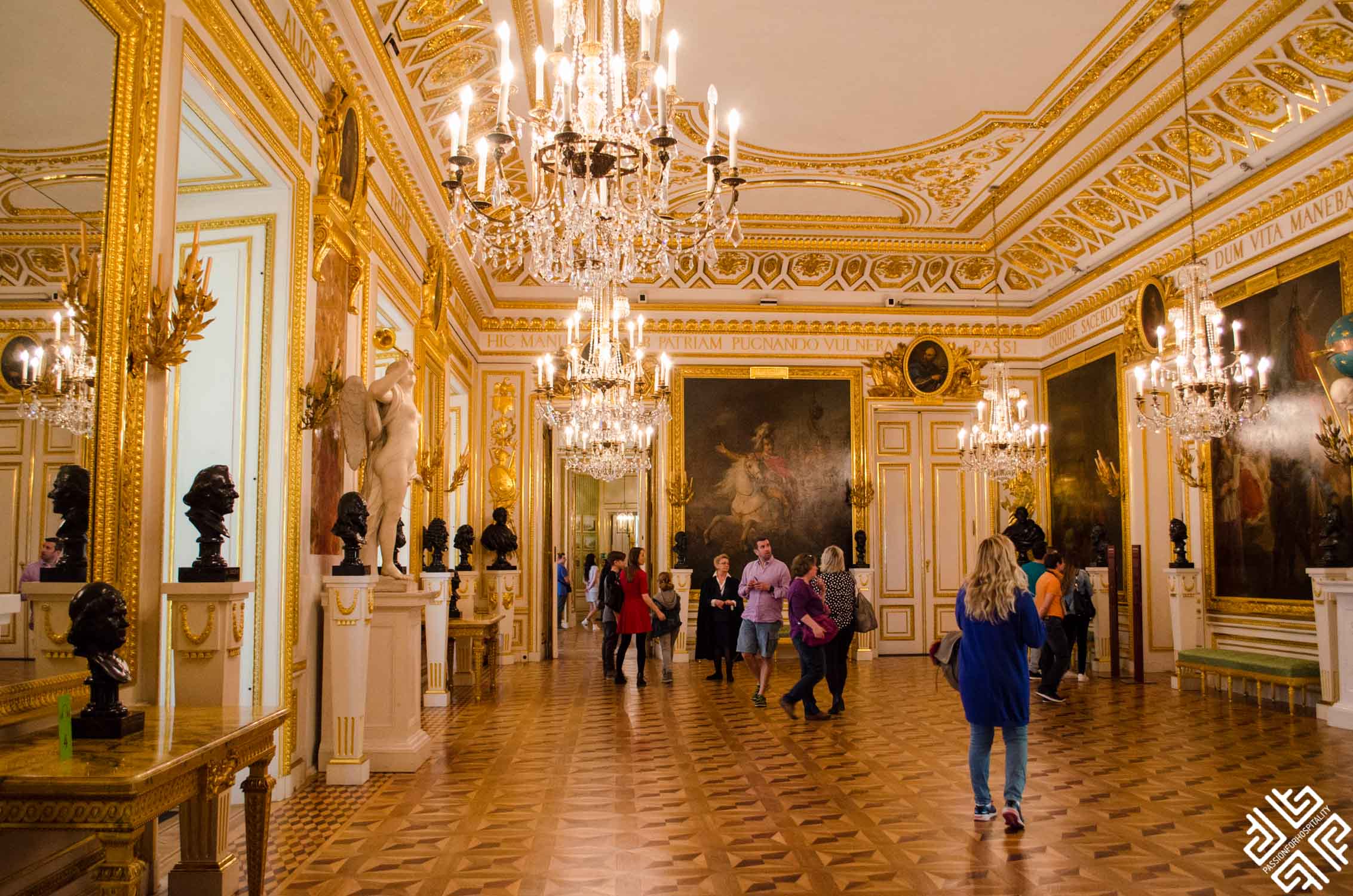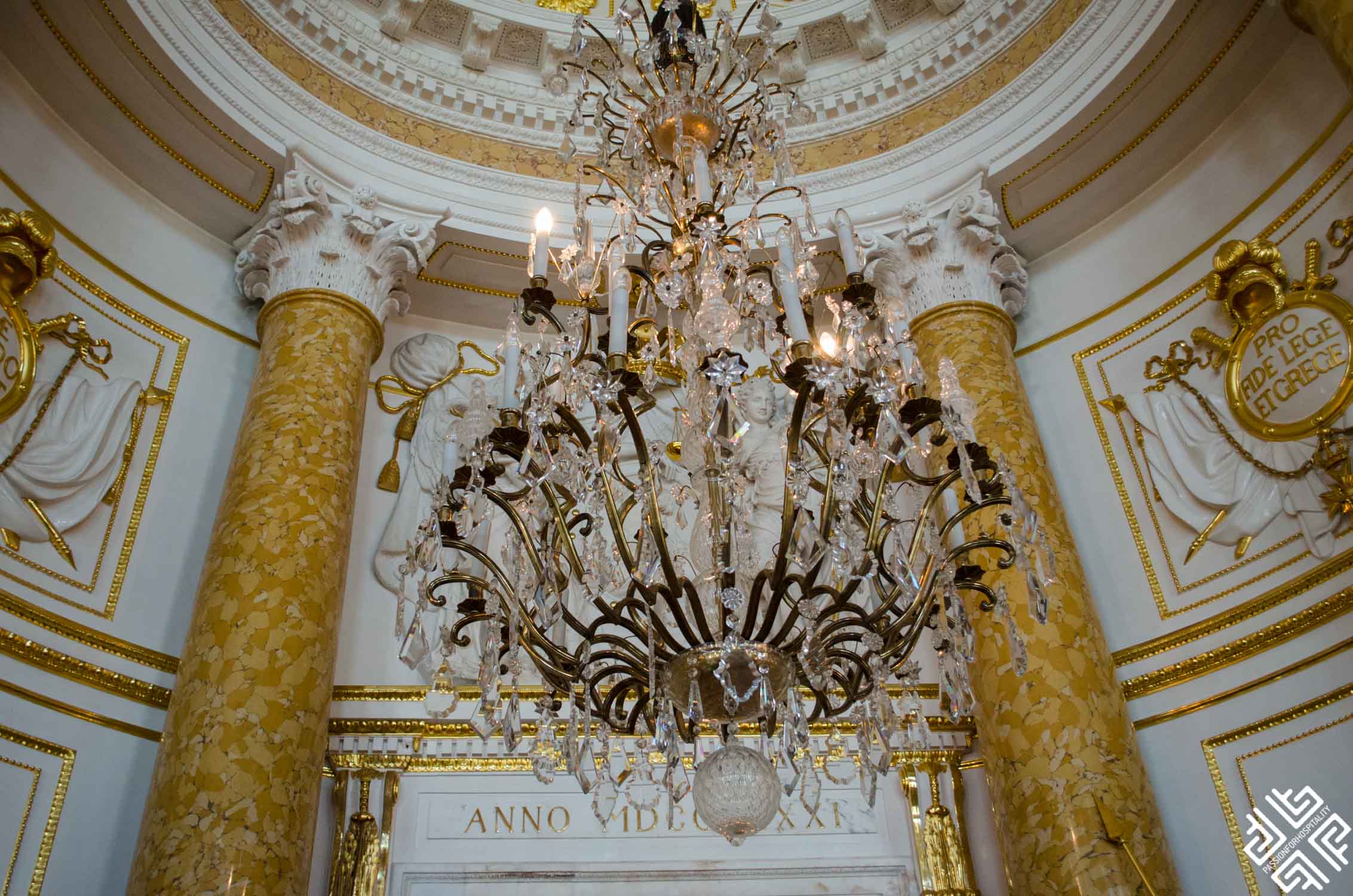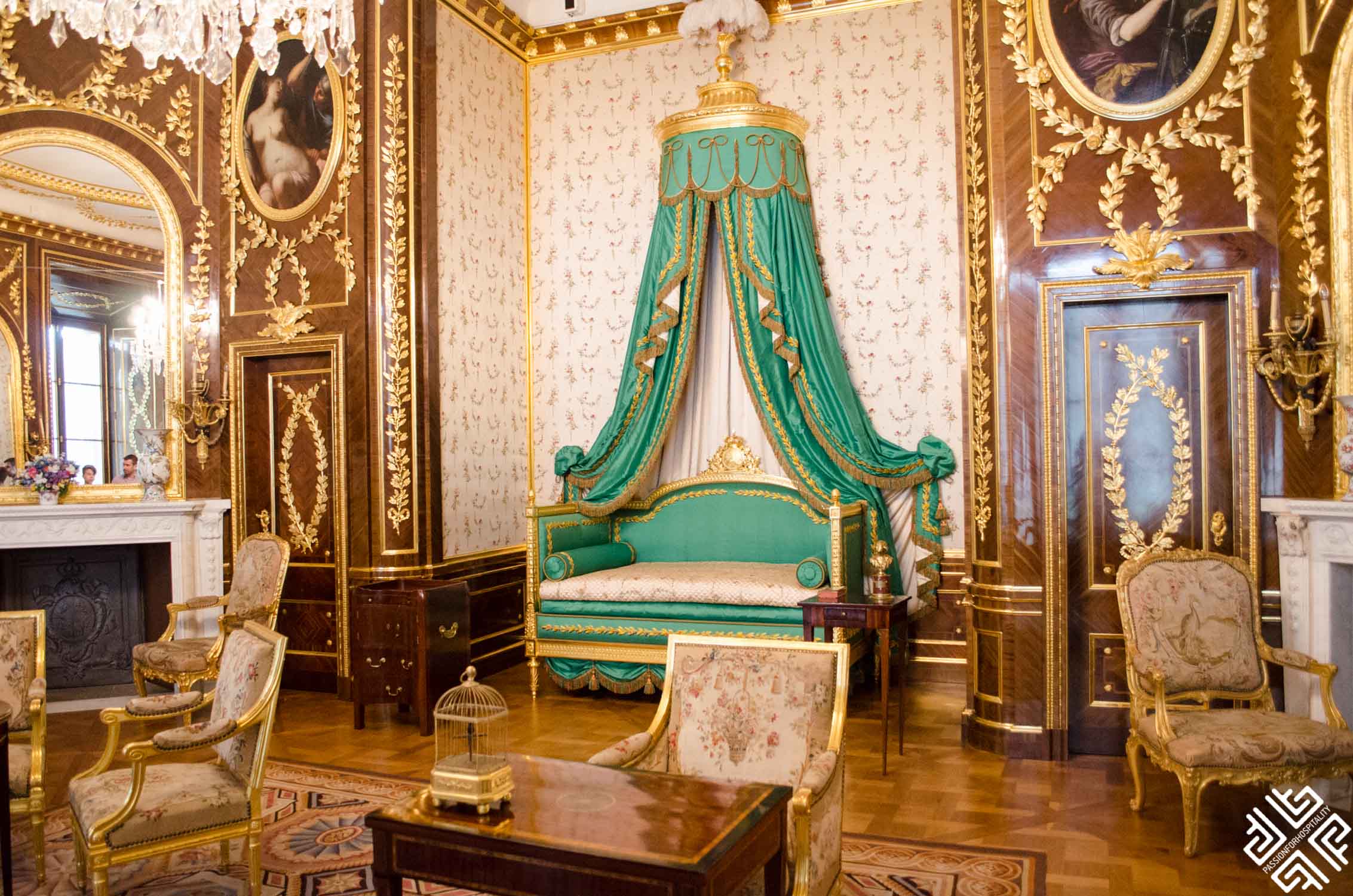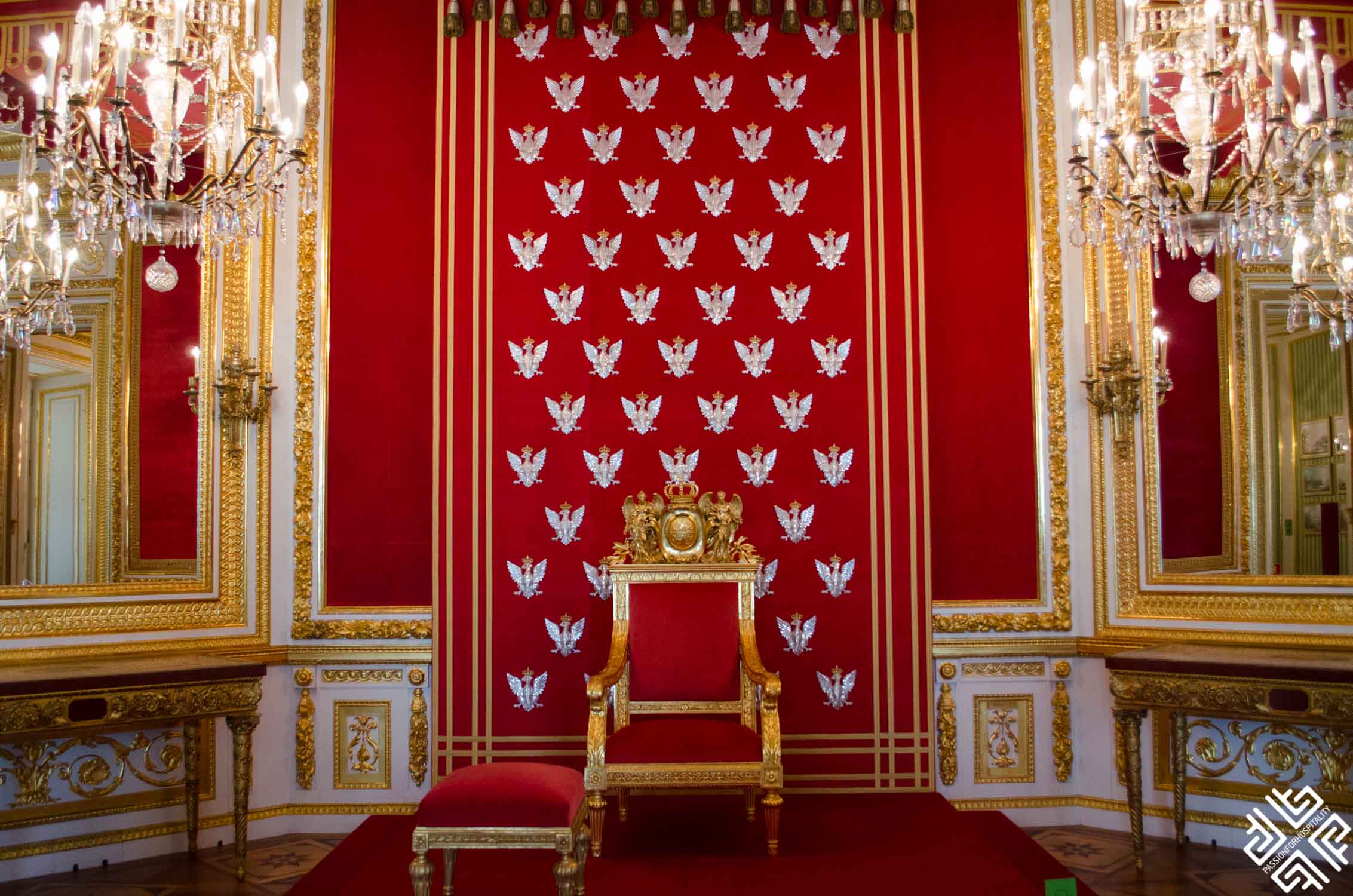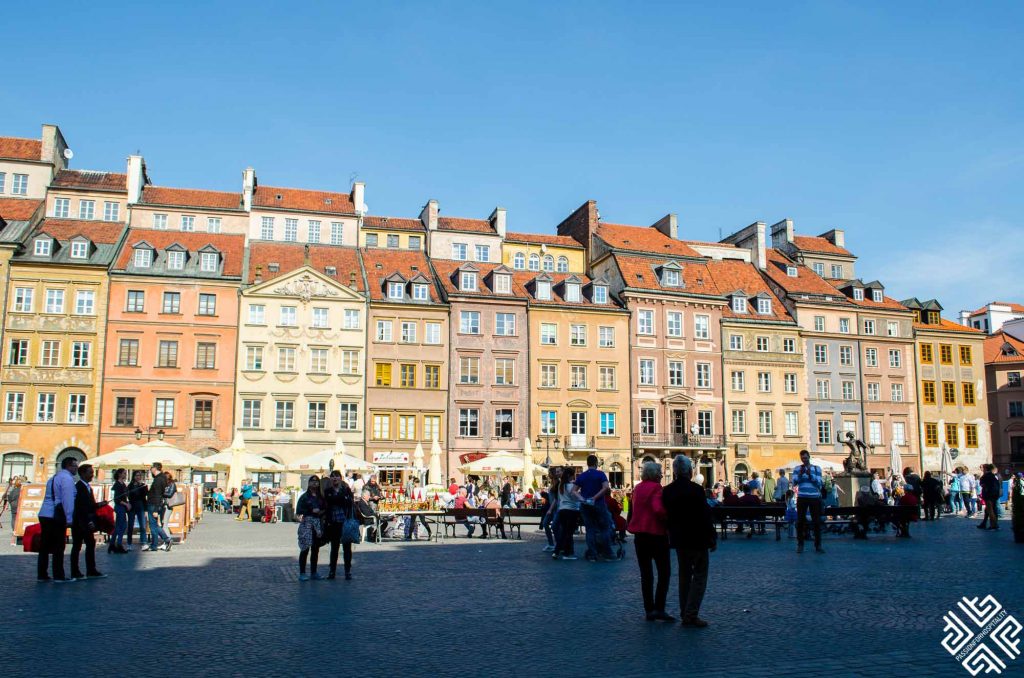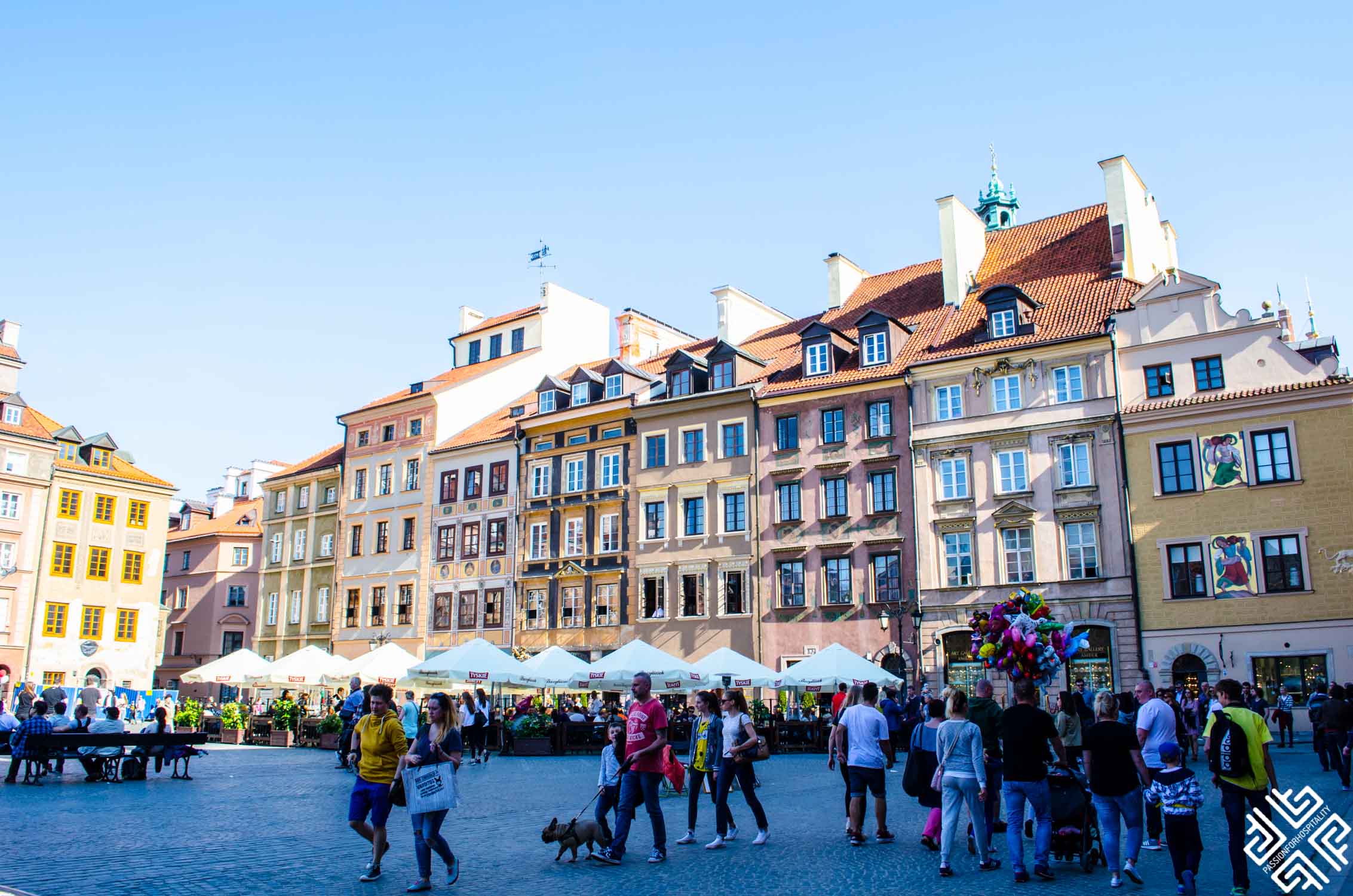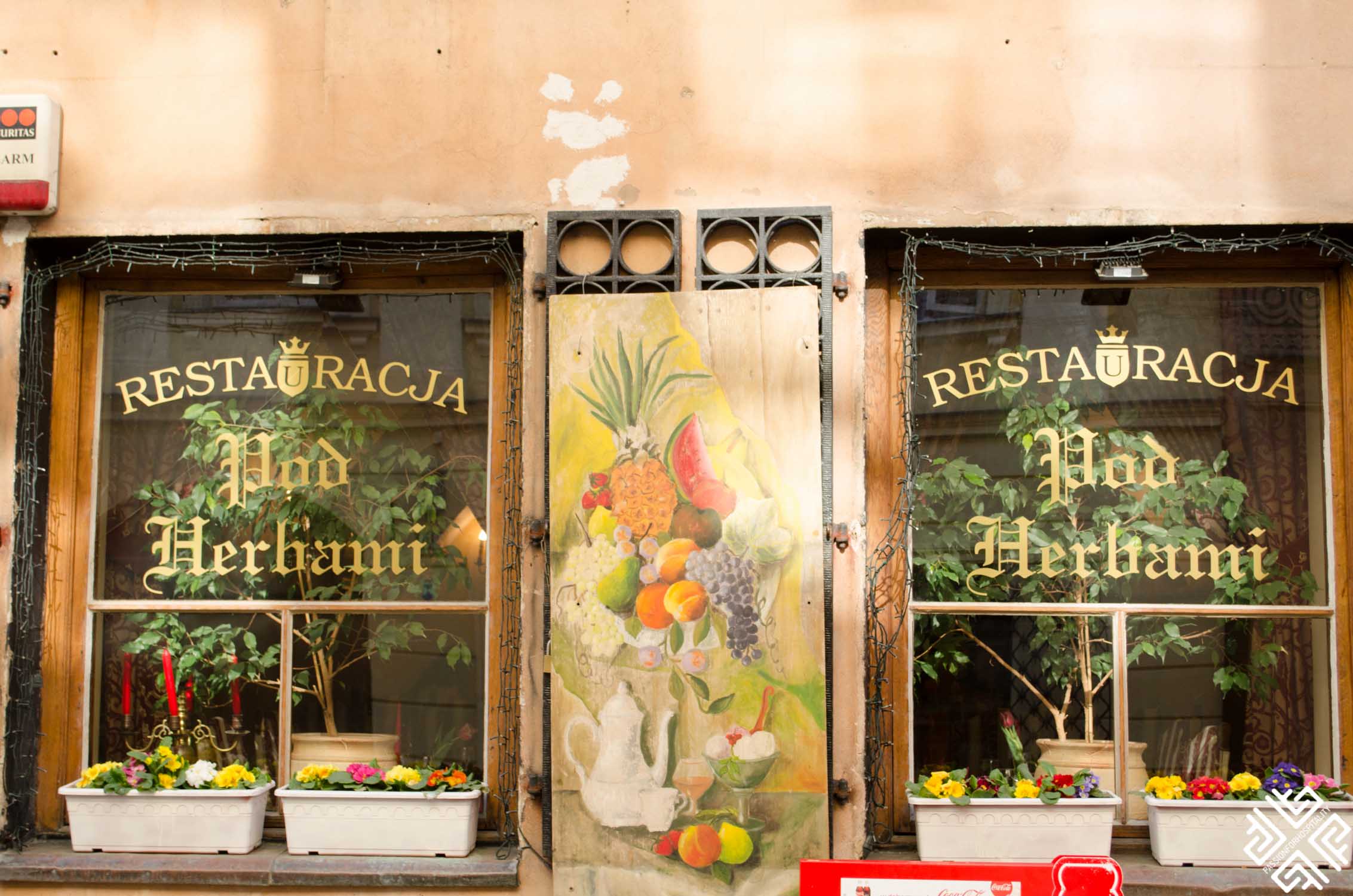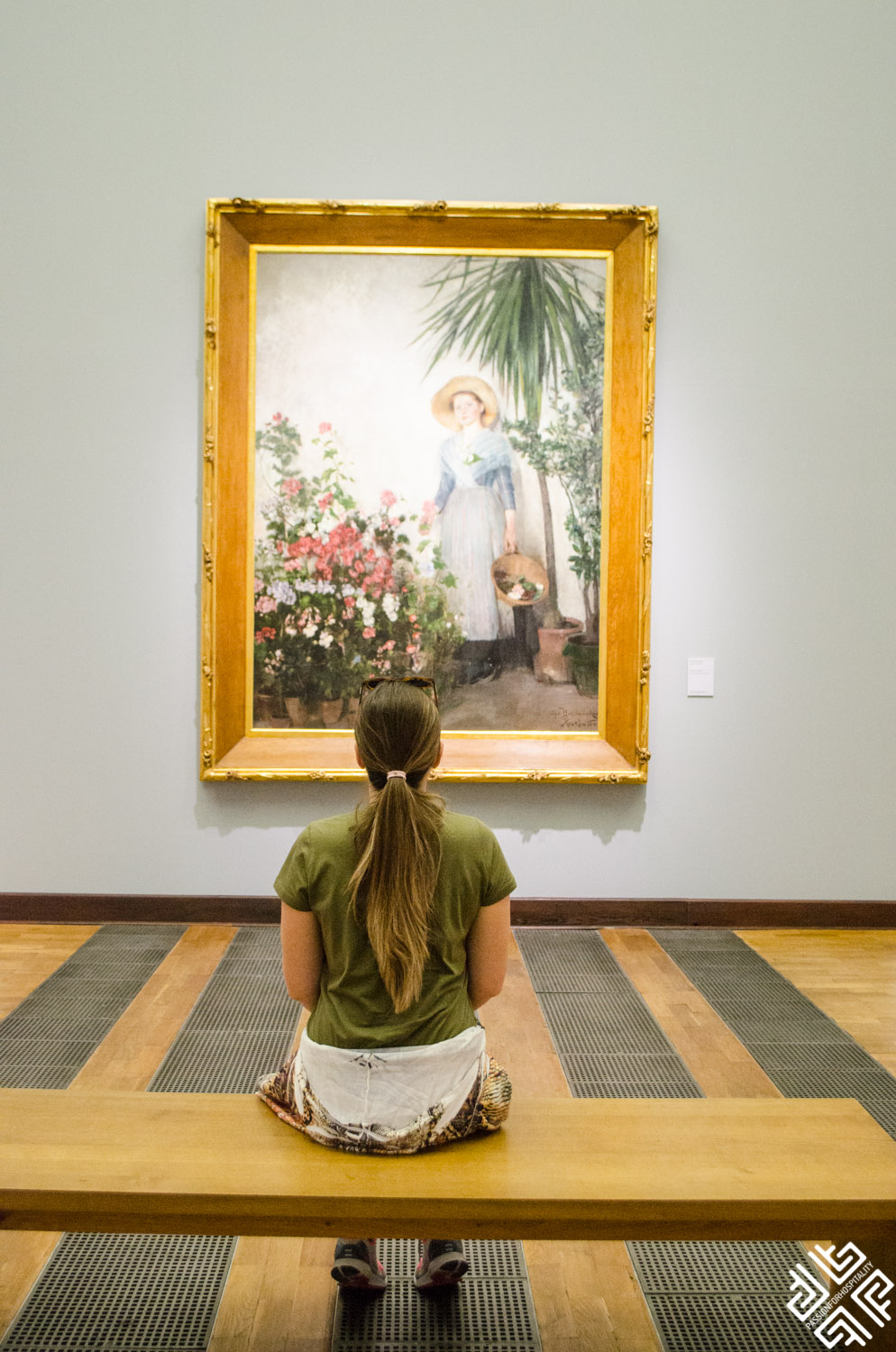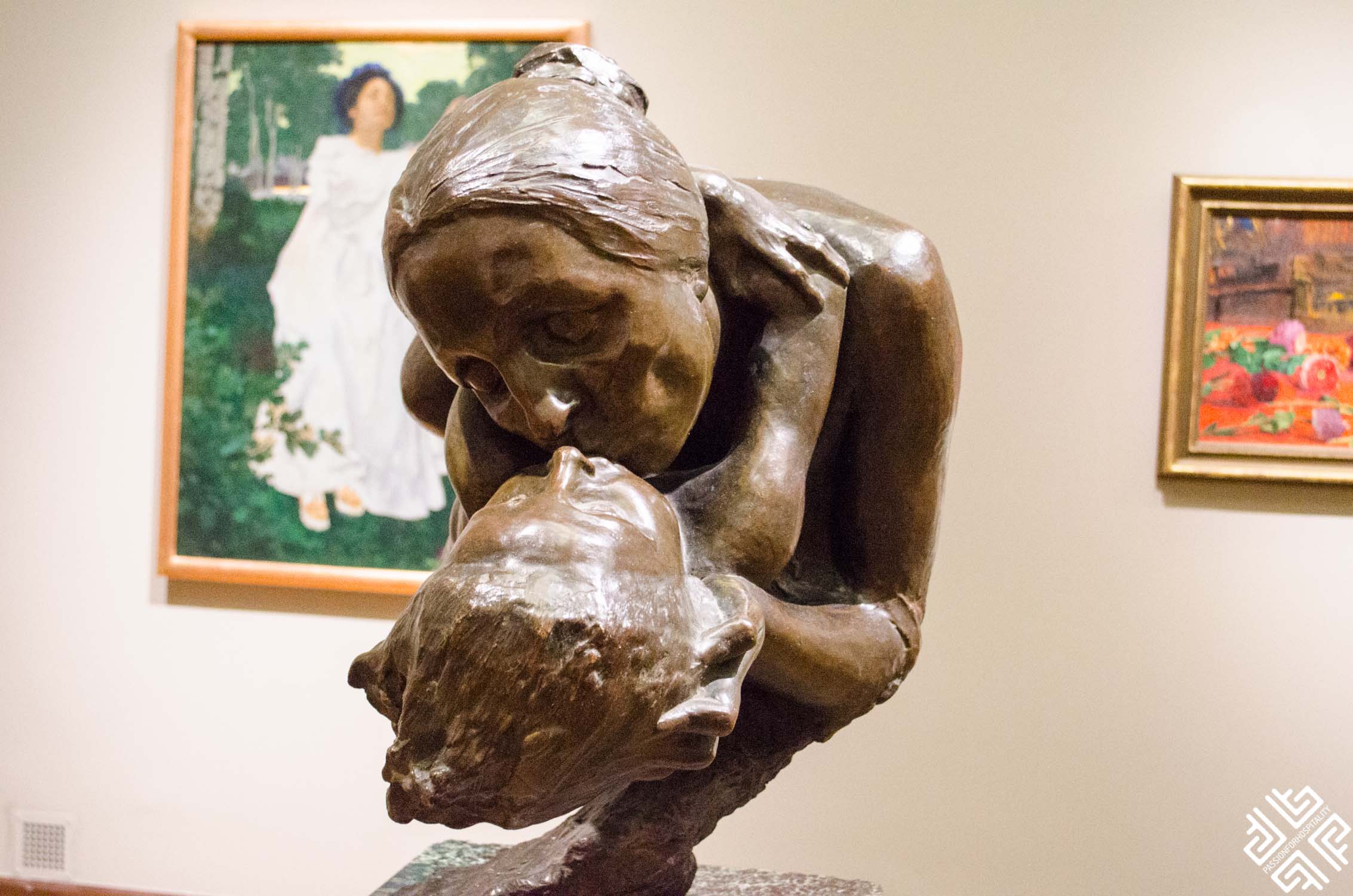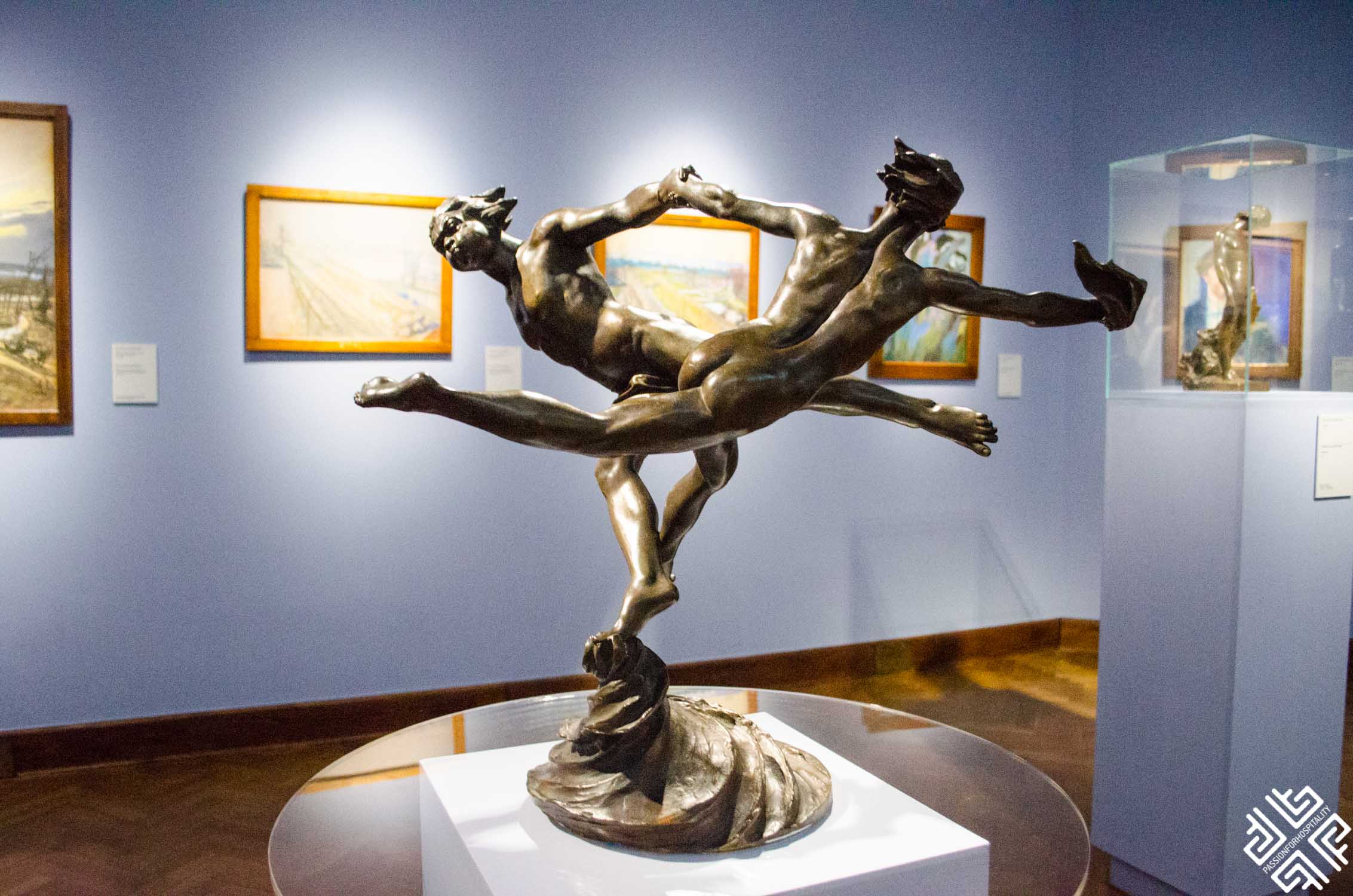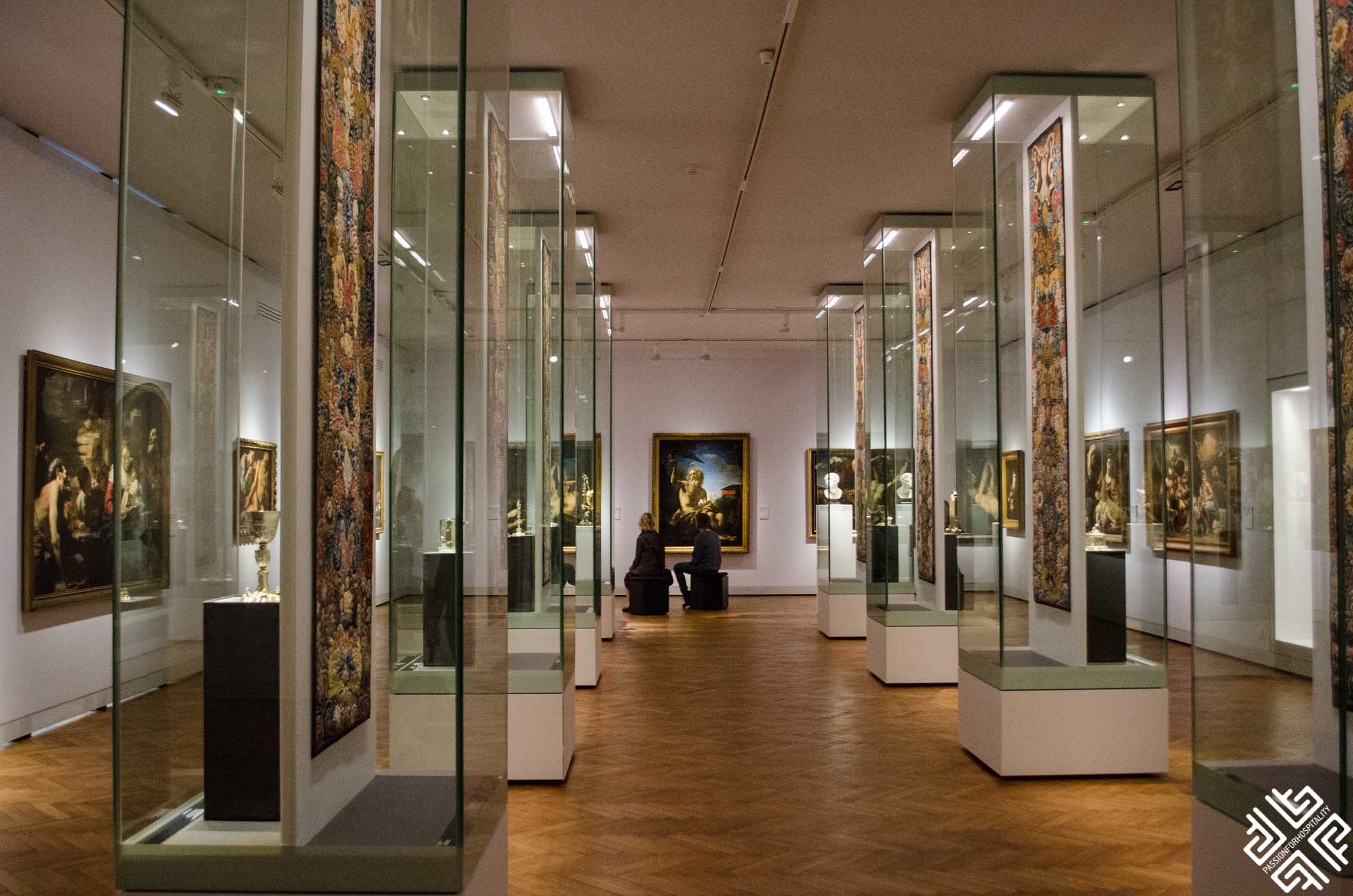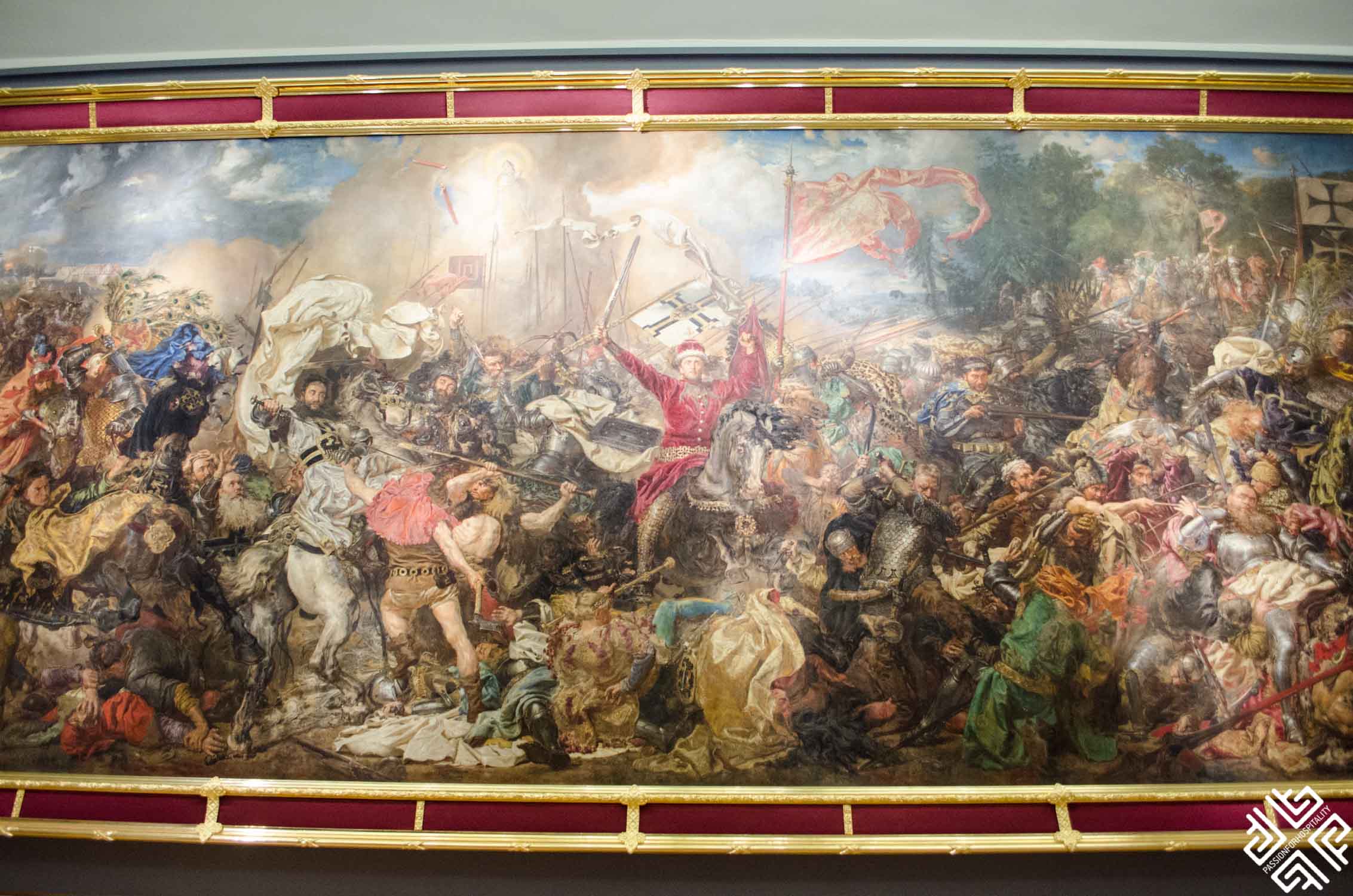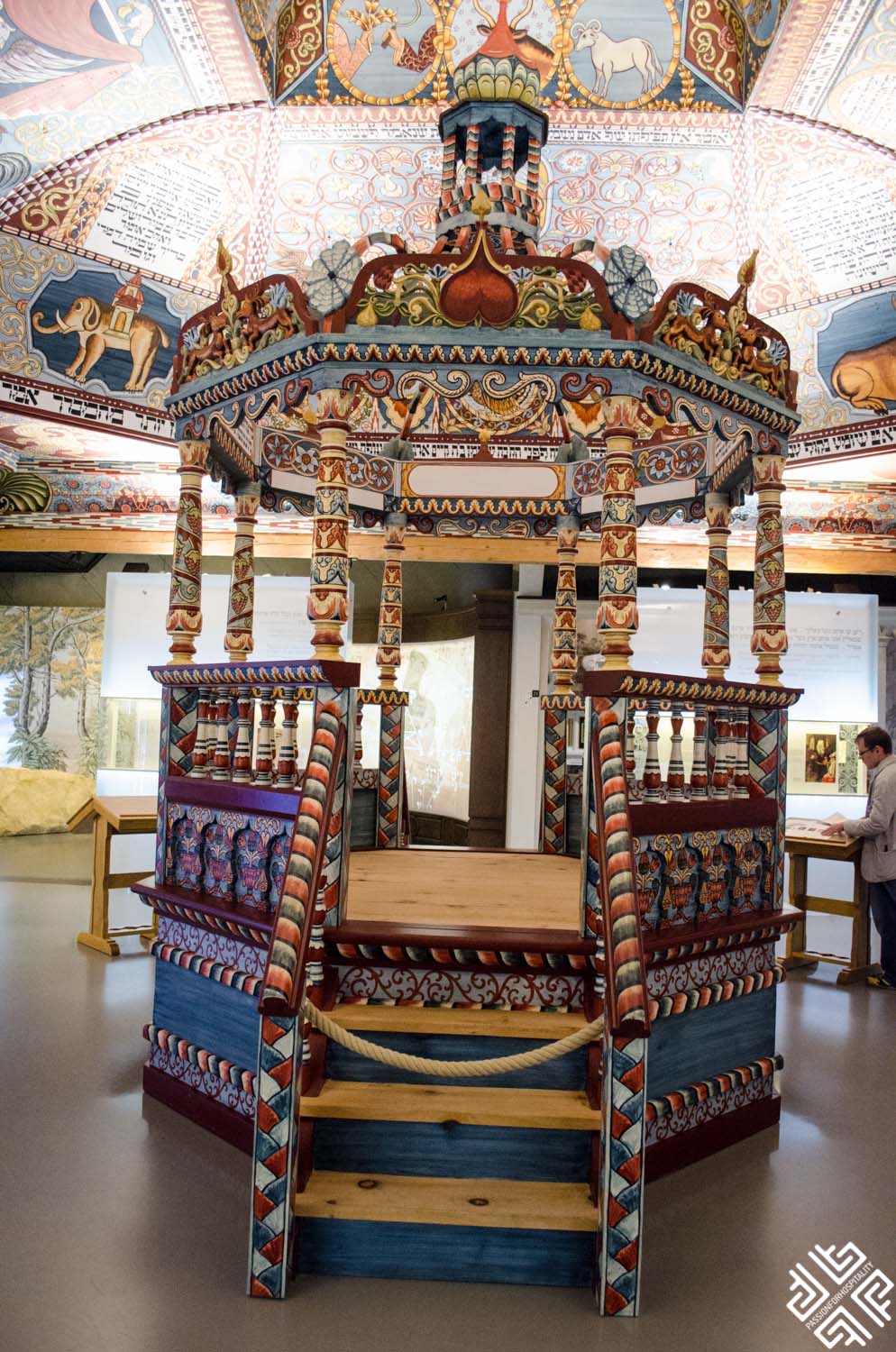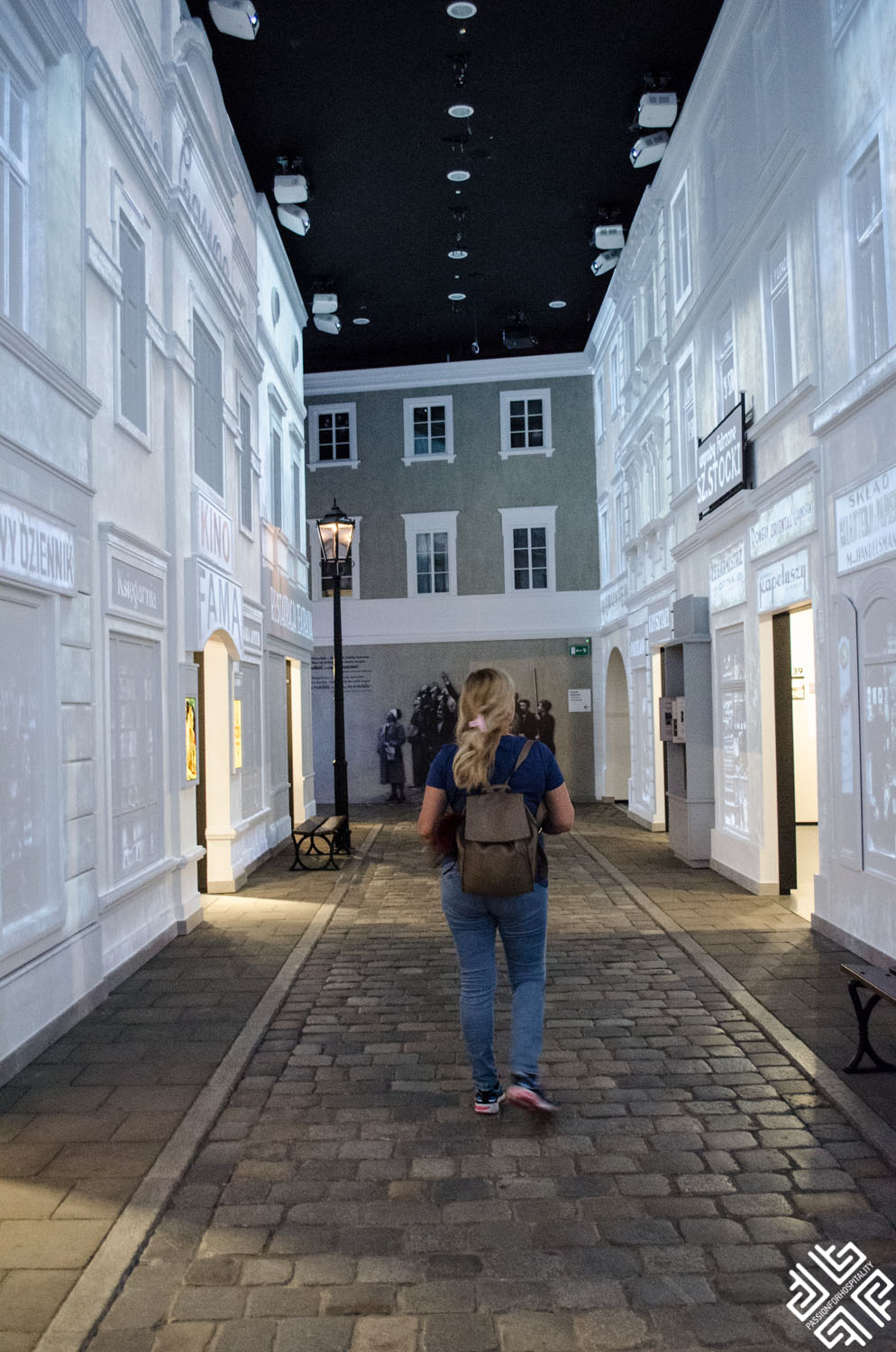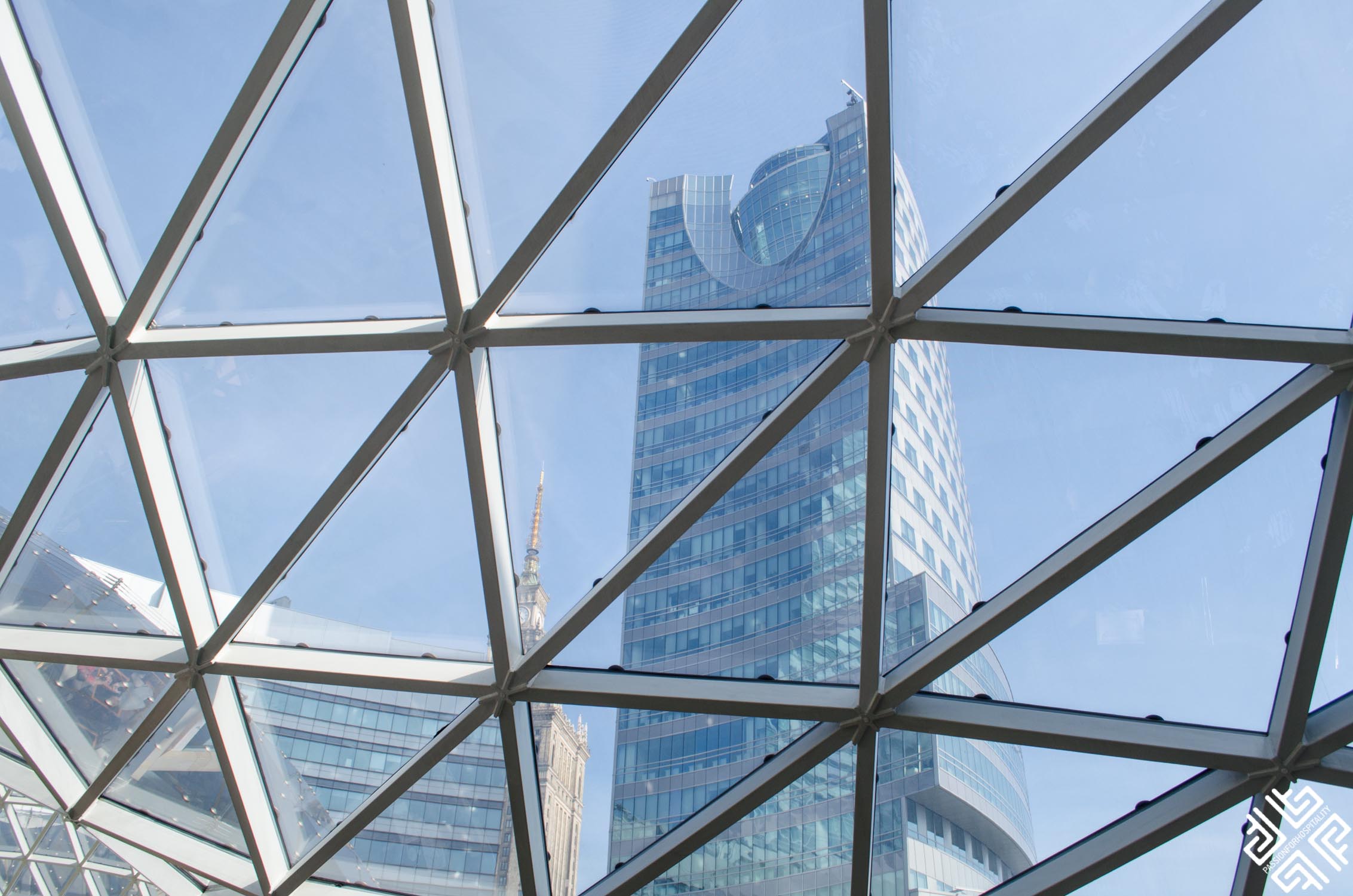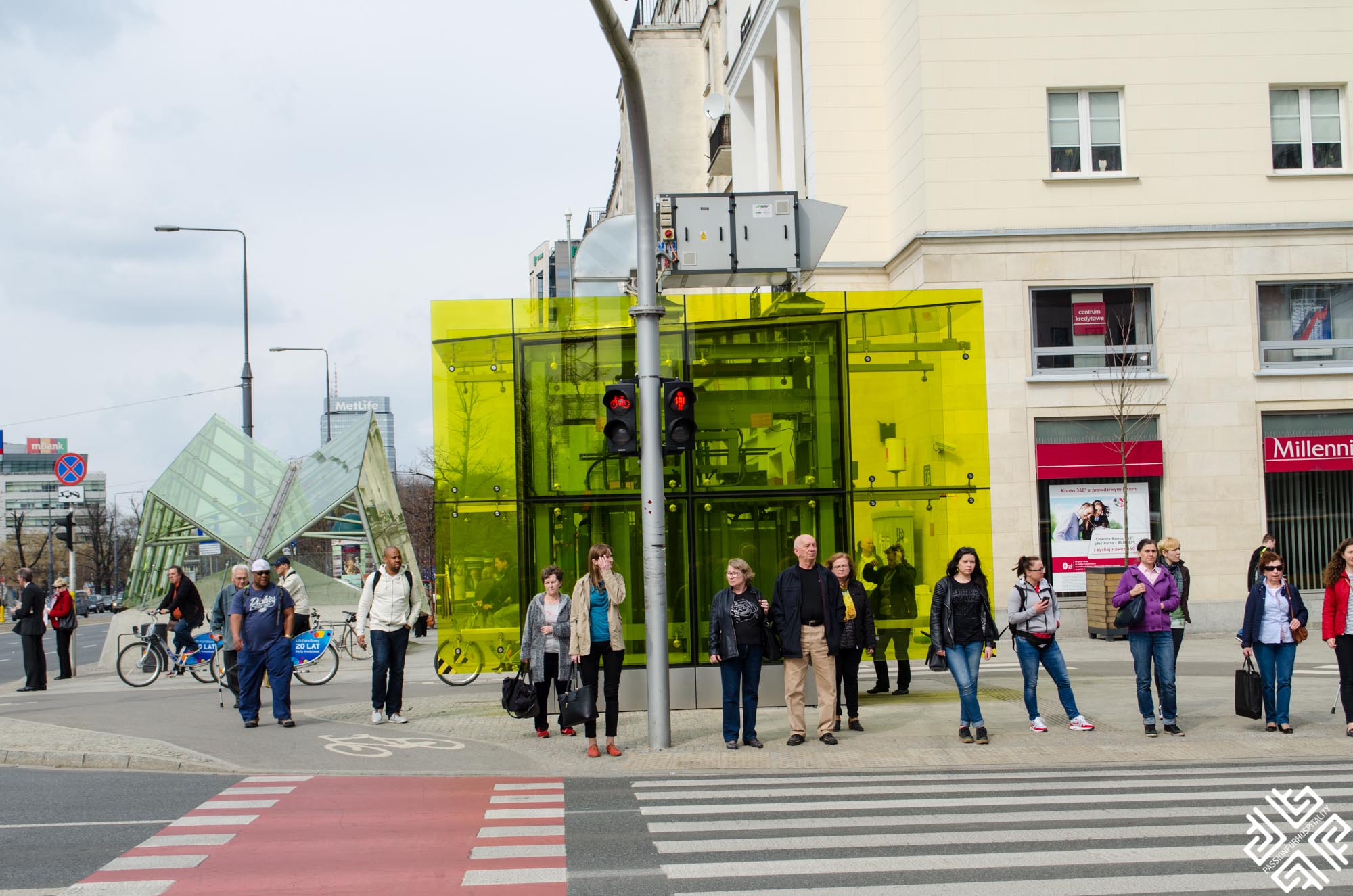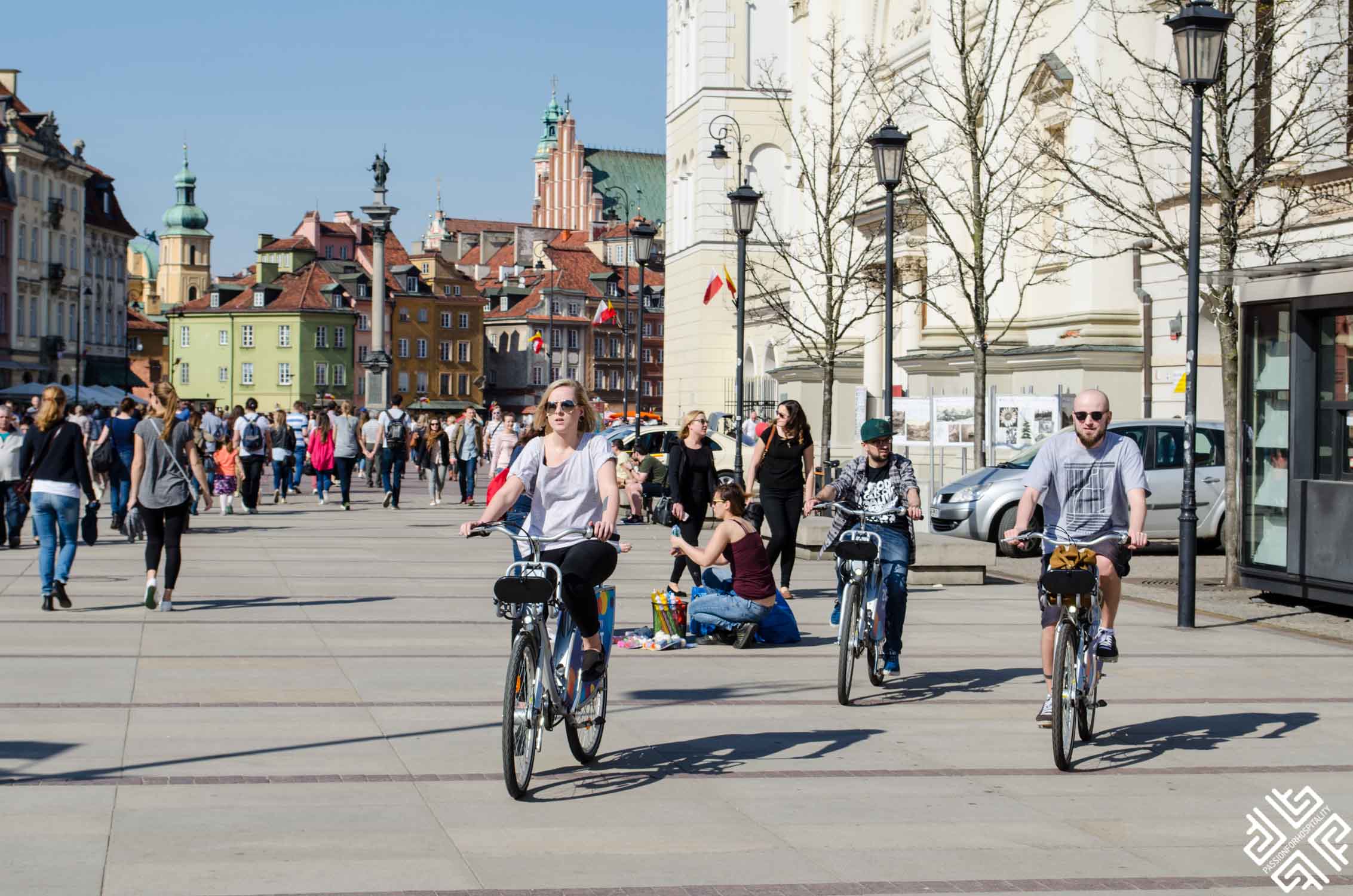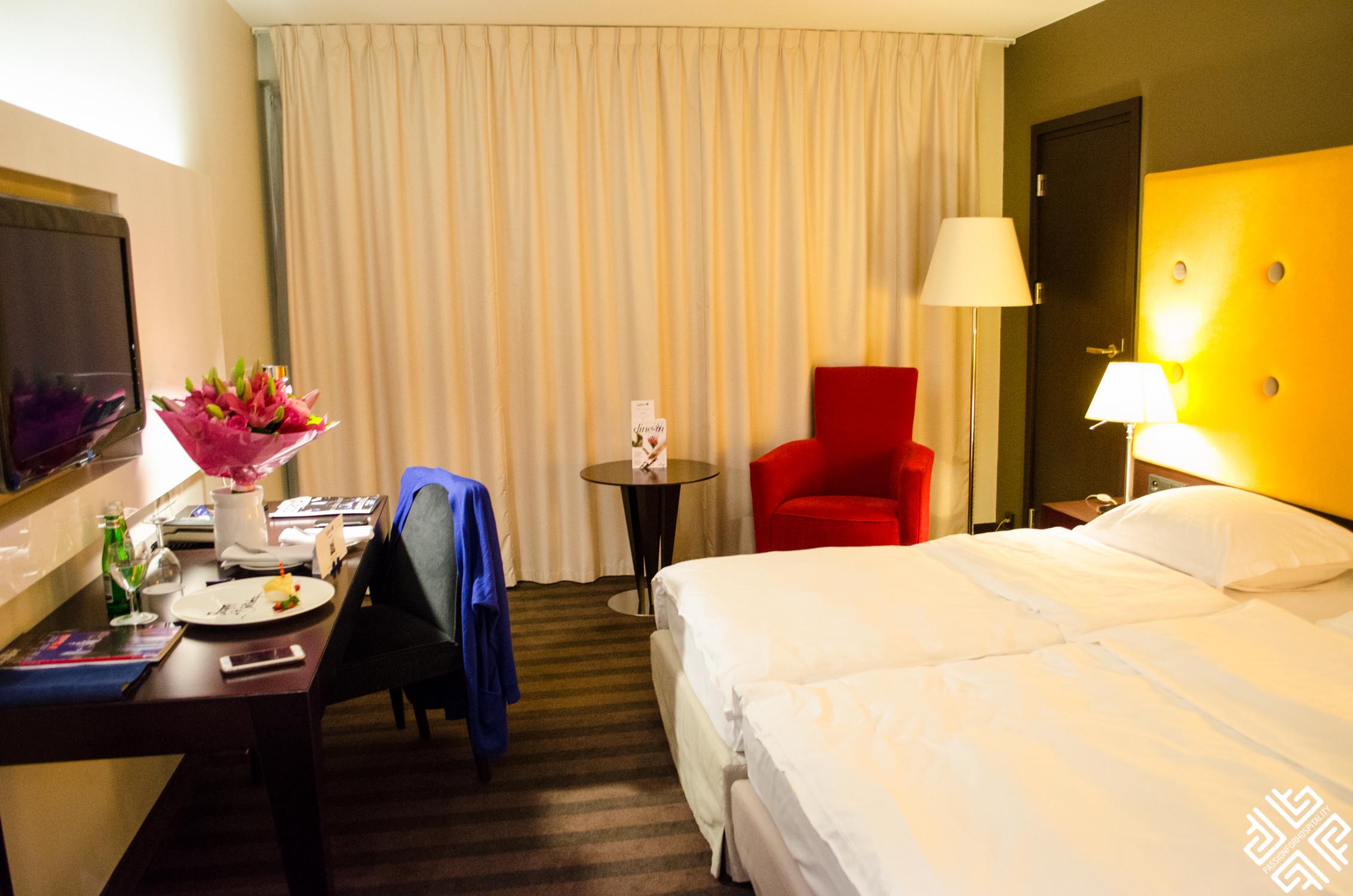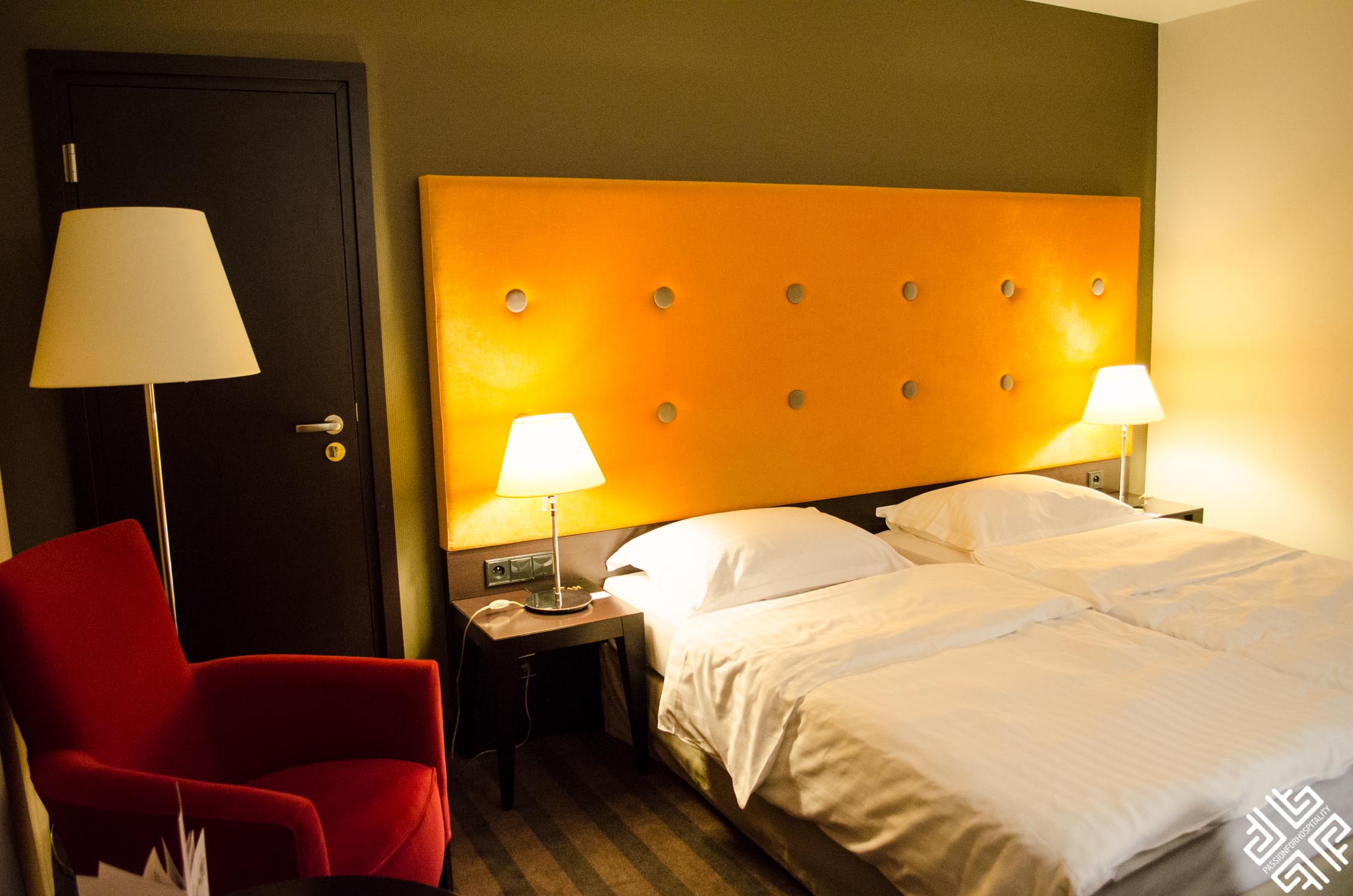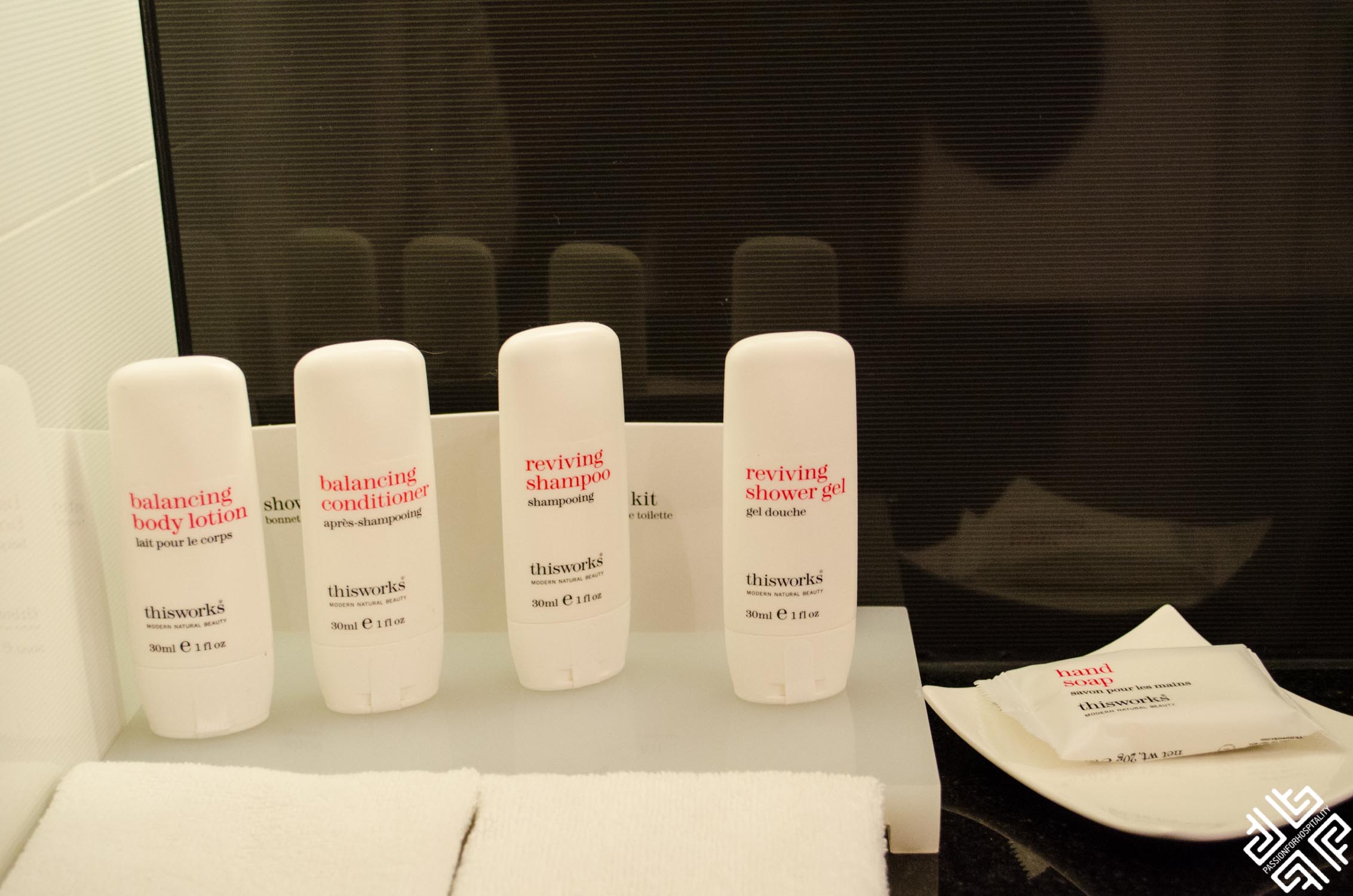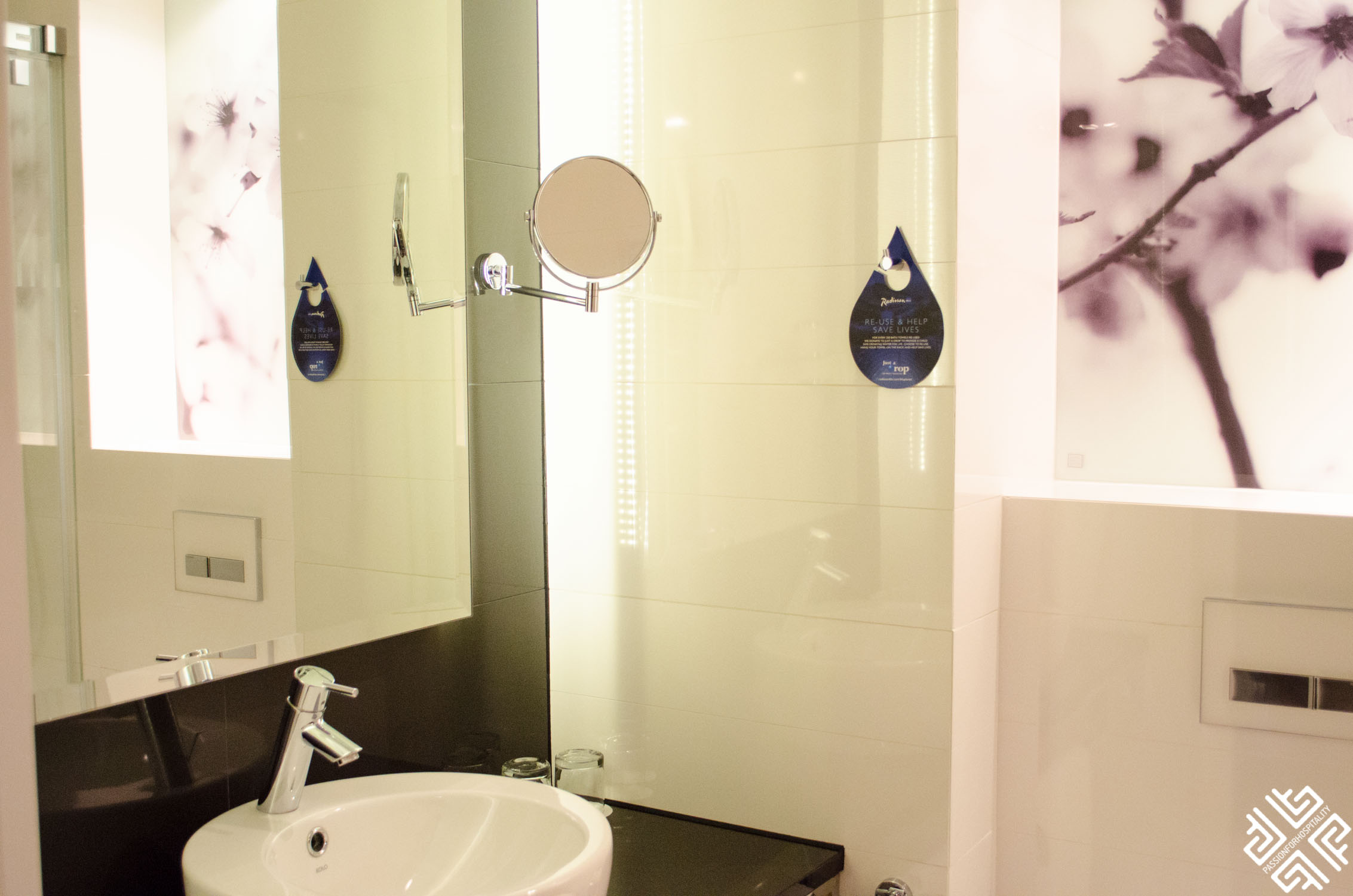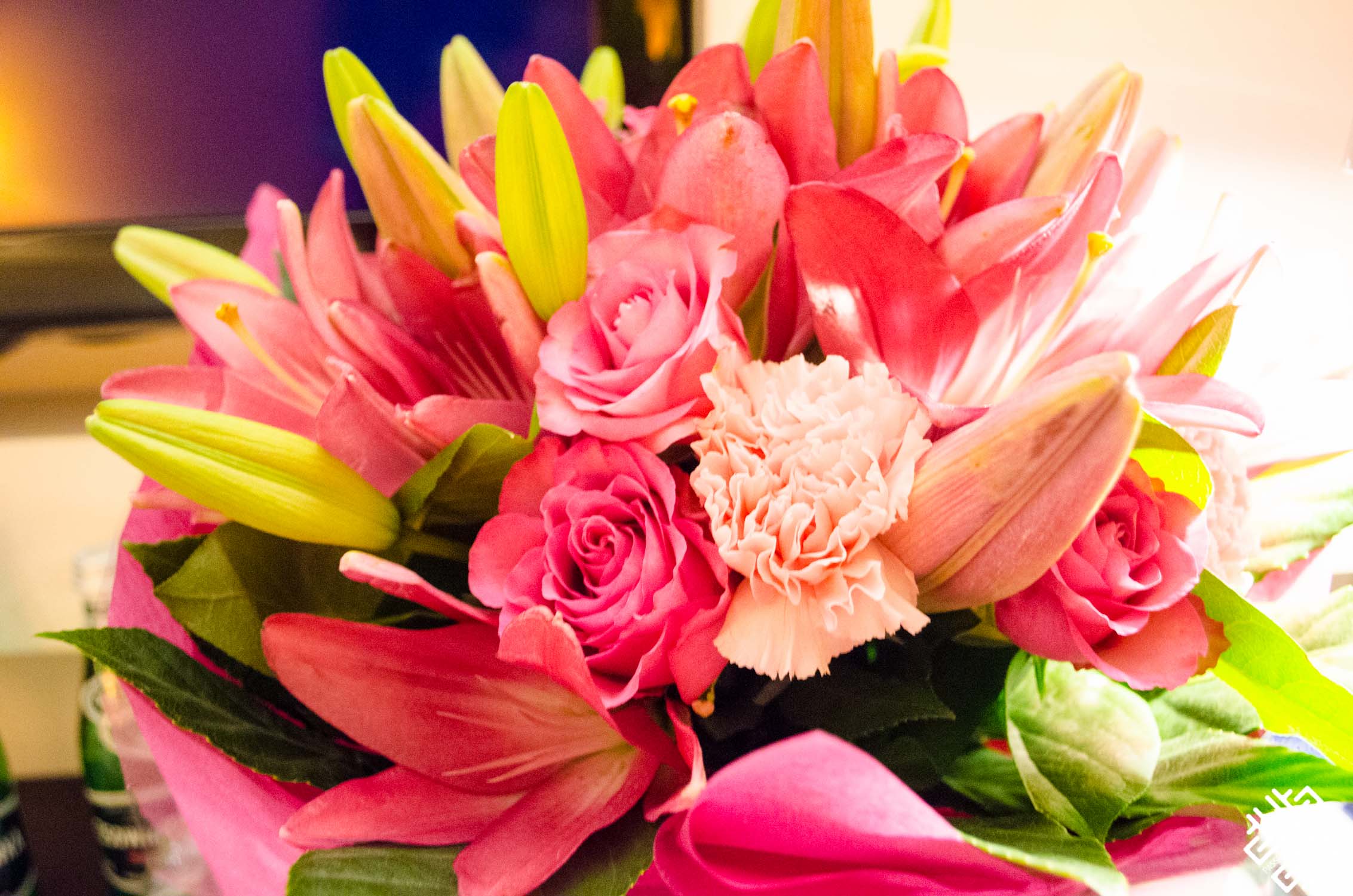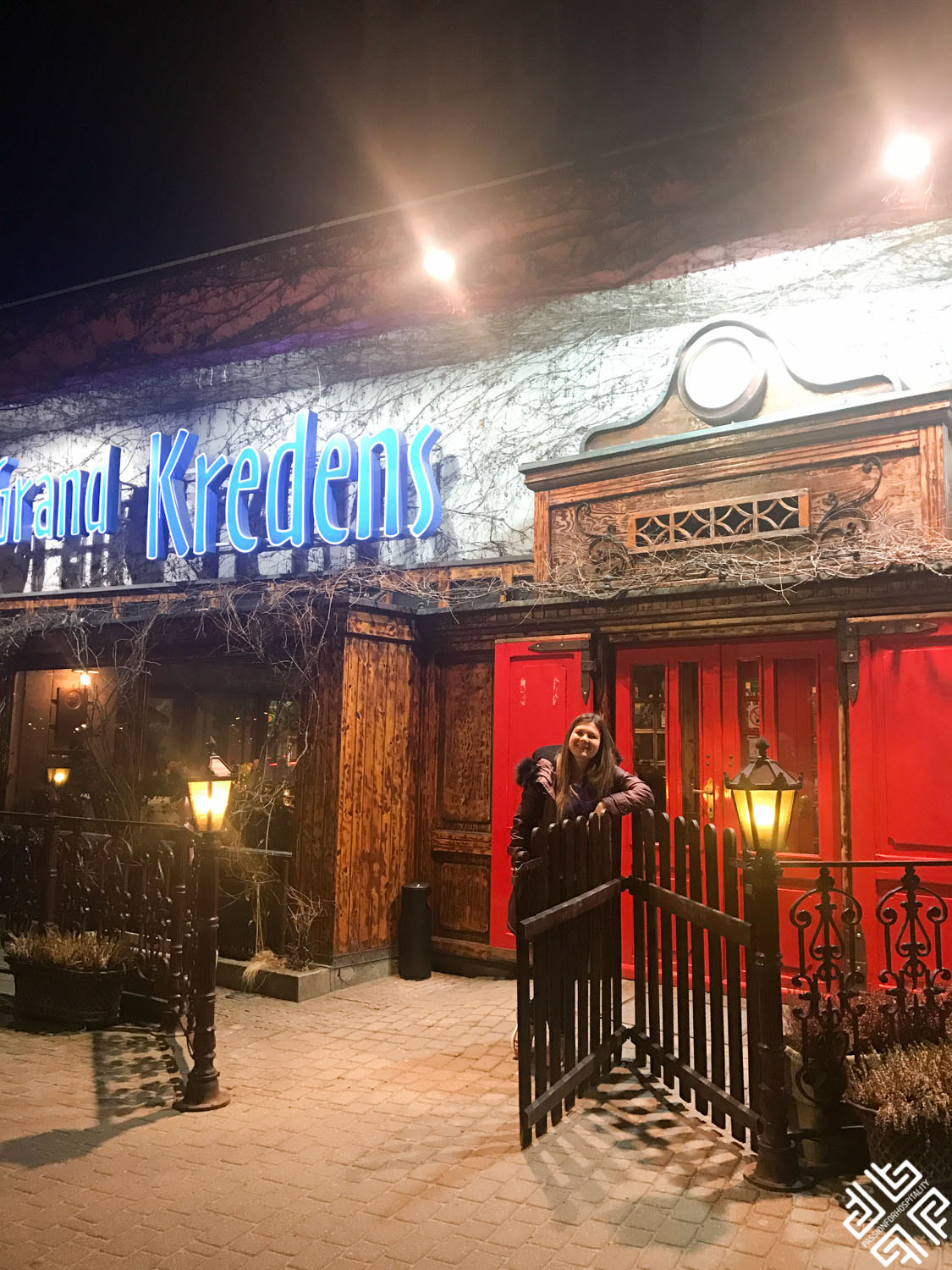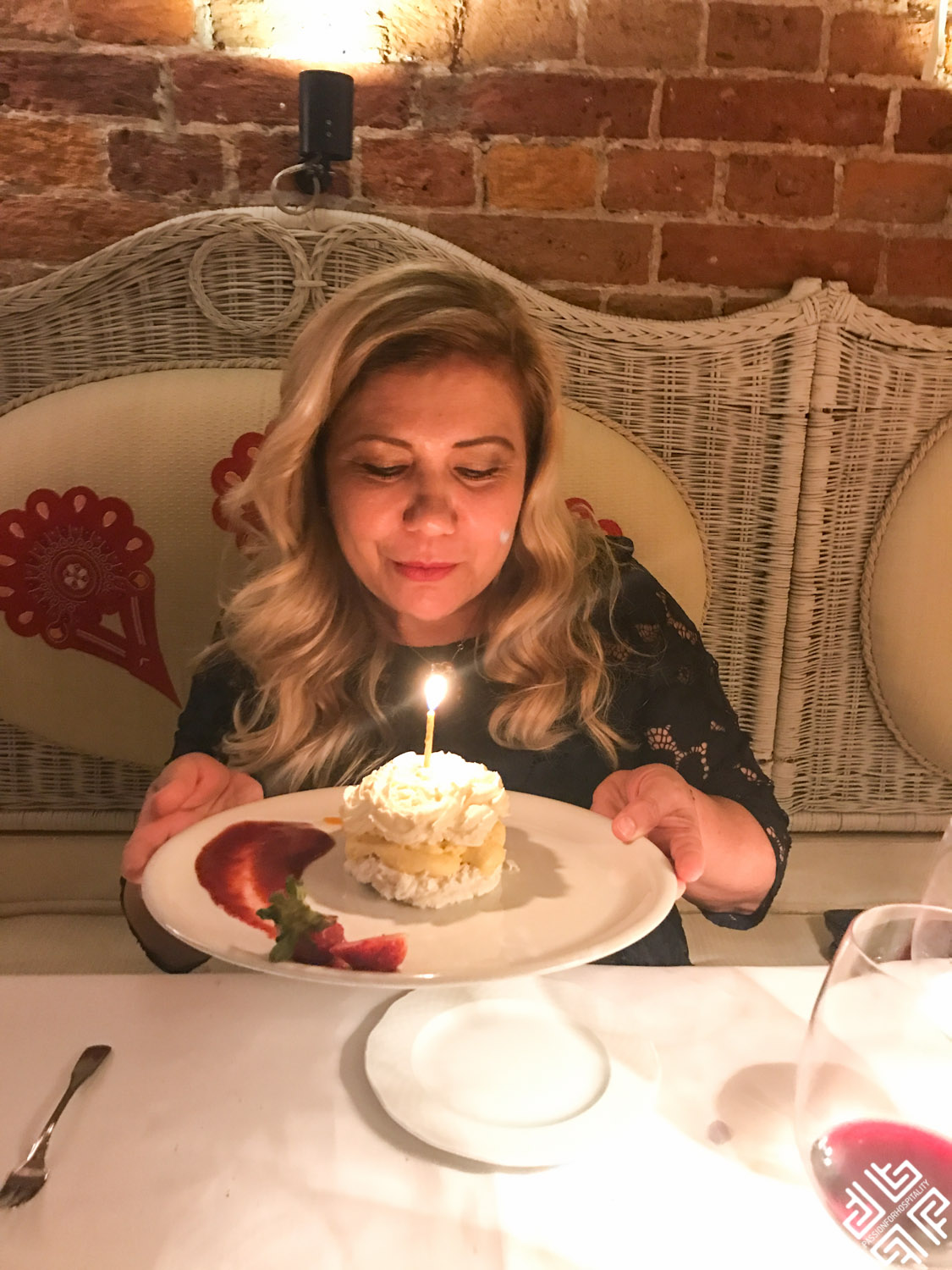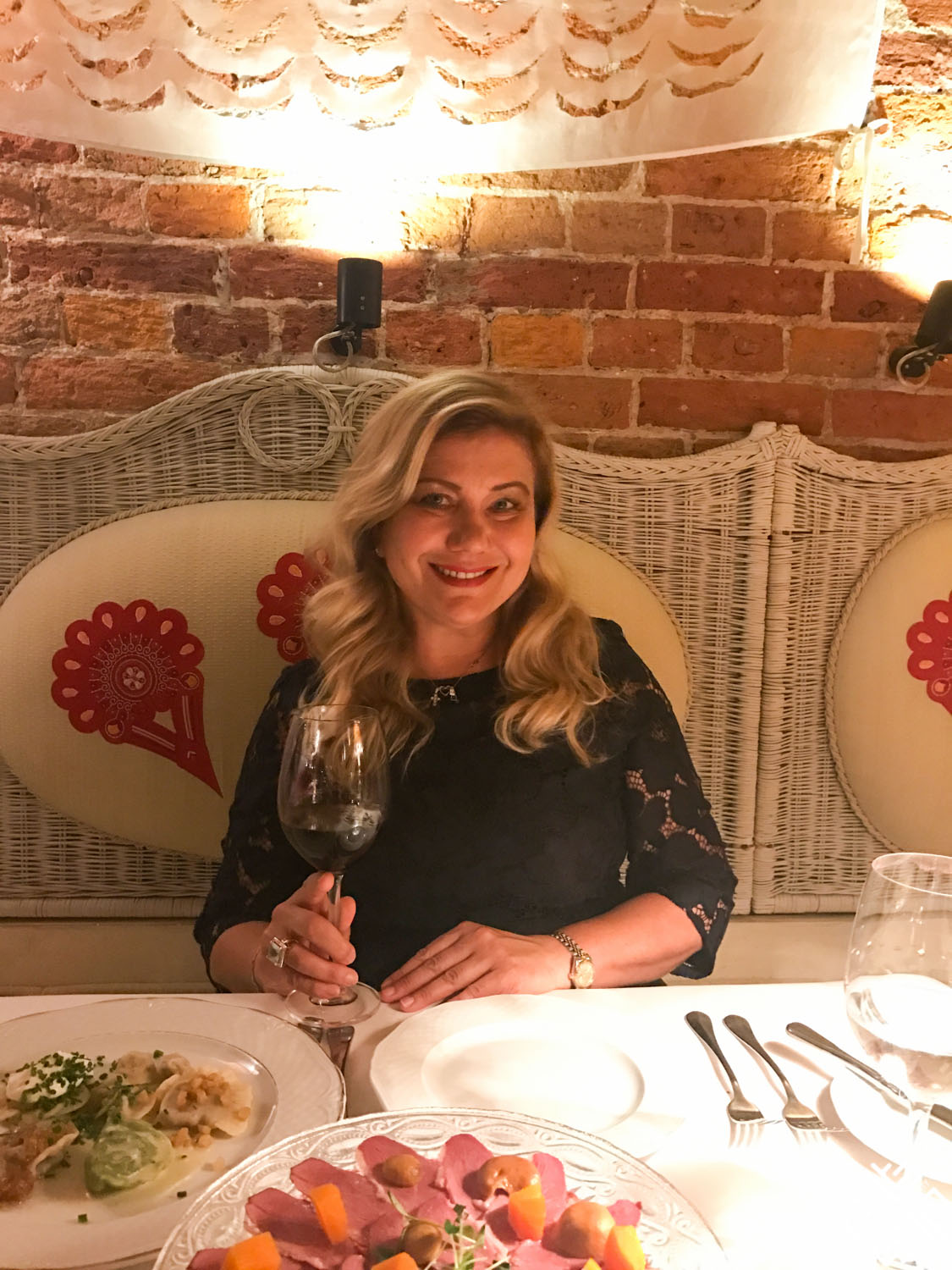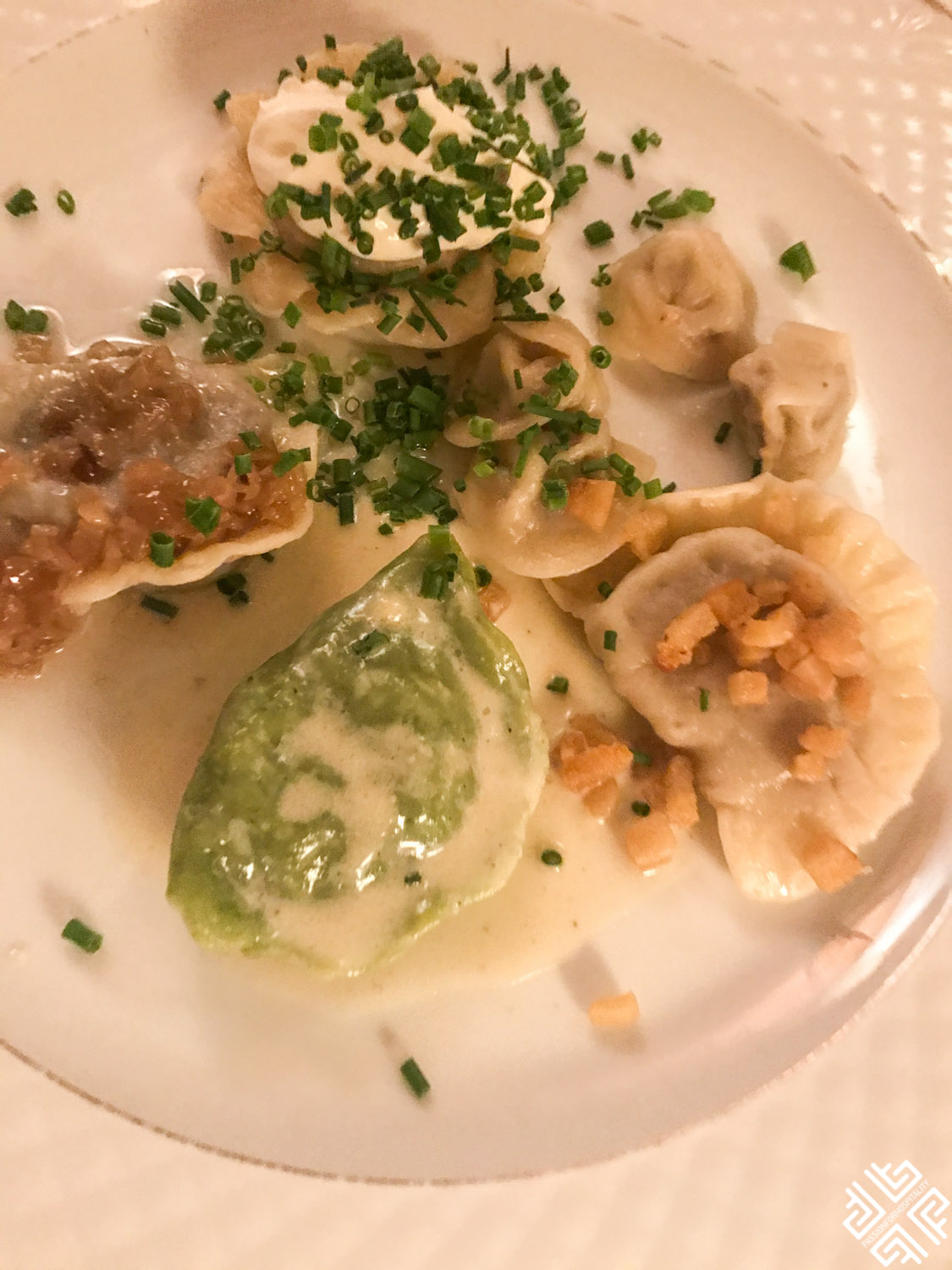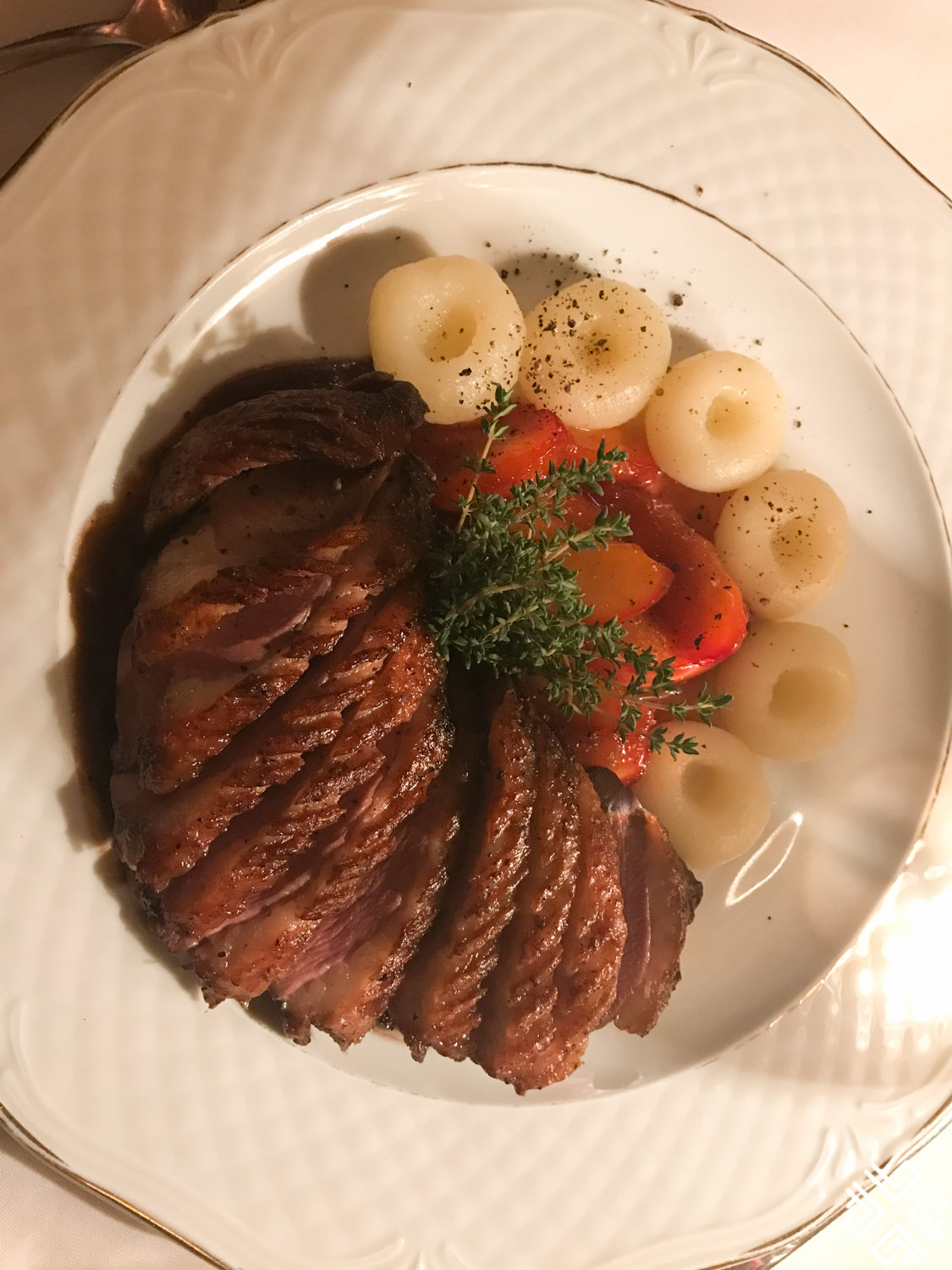The lively capital of Poland, Warsaw has become a popular destination for students as it offers a myriad of study programs. The city’s diverse architecture is reflected in its complex history, which is evident in the mixture of neoclassical, Soviet-era and modern buildings which sprawl over Warsaw. A vibrant cultural hub, Warsaw is a destination which is attractive for all times of year. Check out our list of what to see and do in Warsaw.
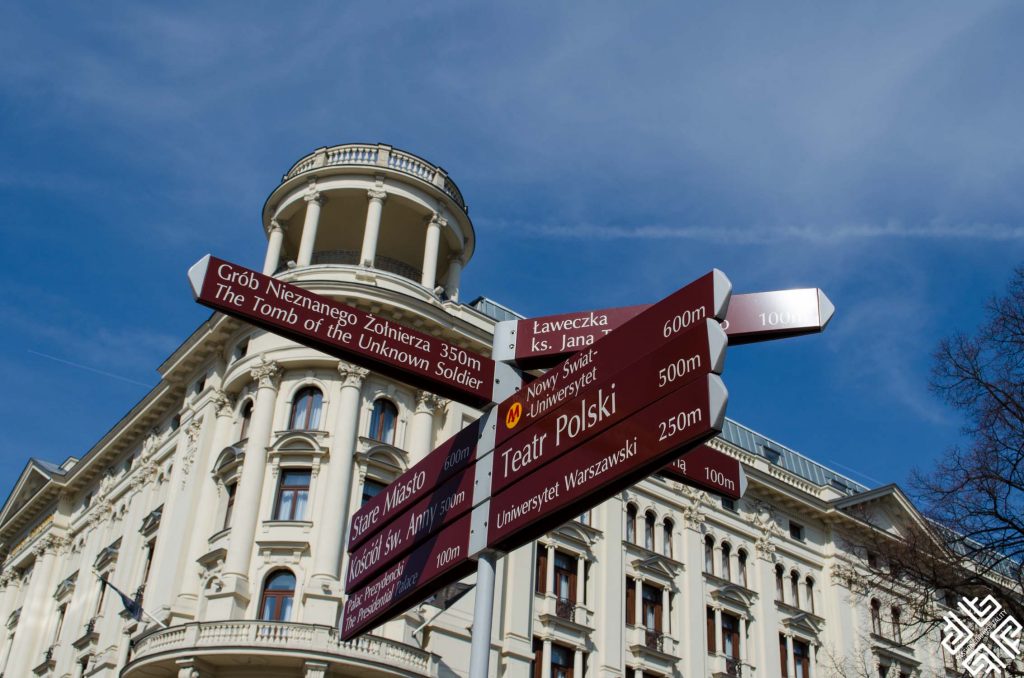
The Highlights of Warsaw: What to See and Do
Walk the Trakt Królewski or the Royal Route
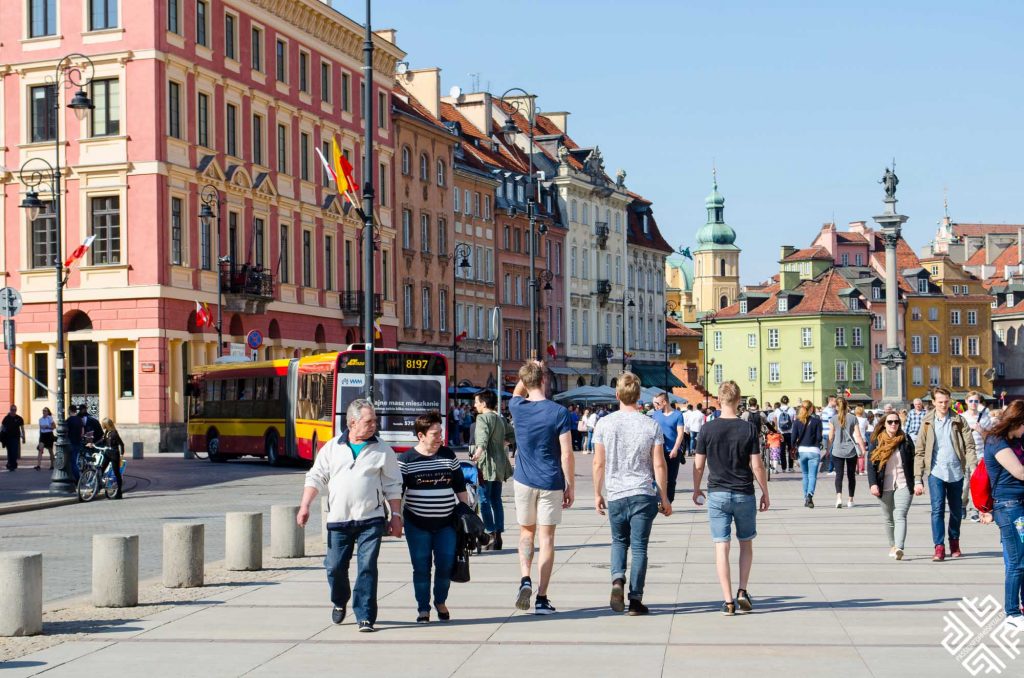
The Royal Route is which leads from the city’s Old Town is one of the most impressive and historical streets of Warsaw. It is connected by several streets and is home to a number of historic landmarks.
You will come across the impressive building which is University of Warsaw’s campus, the Presidential Palace which is a neoclassical building which has stood here since 1643 and the Visitationist Church, one of the most notable baroque style churches in Warsaw.
It is lined with coffee shops, restaurants and vendors selling baked goods.
Warsaw Highlights: Taras Widokowy
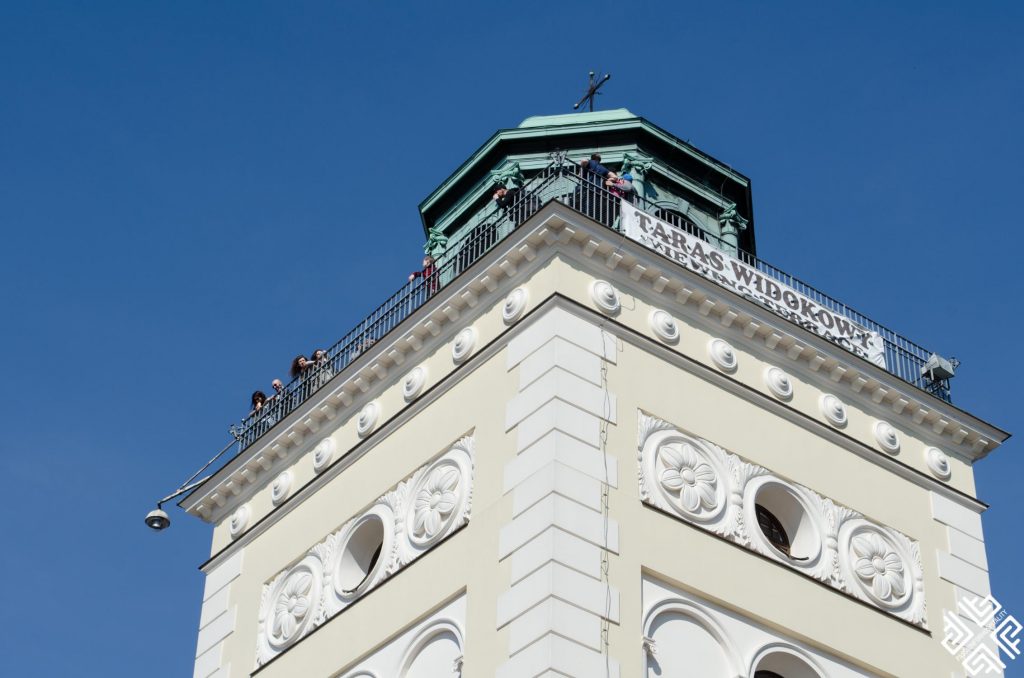
For the most breathtaking panoramic view of Warsaw climb up to the Taras Widokowy viewing terrace situated just before the entrance to the Old Town.
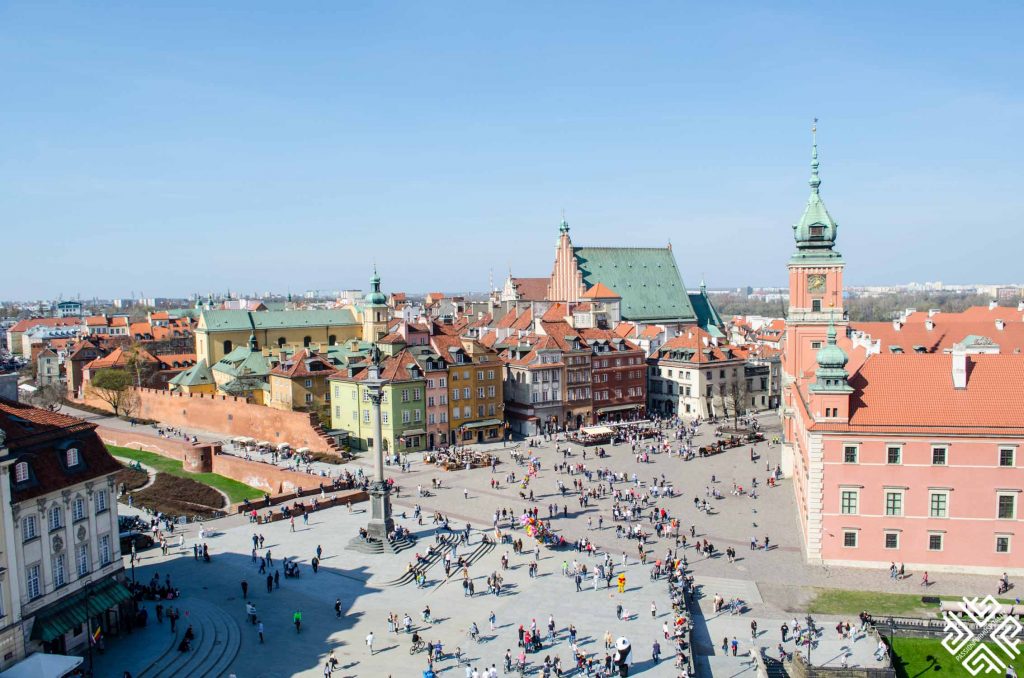
The regular entrance fee is 6 Polish Zloty (approximately 1,40 Euro).
Highlights Warsaw: The Royal Castle and Museum
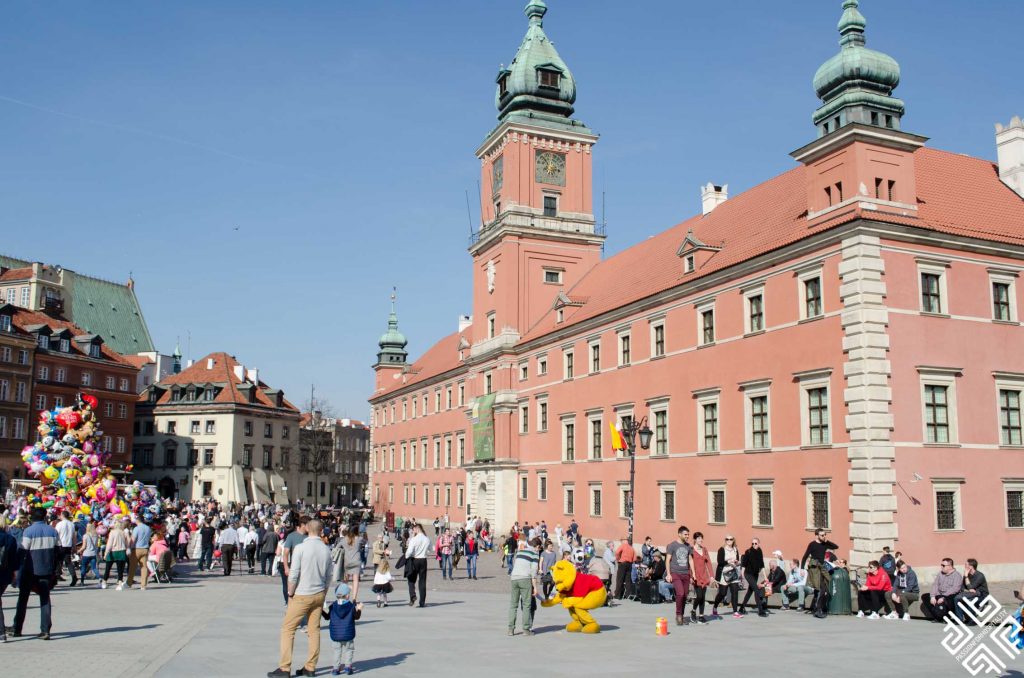
The Royal Castle is one of the most important landmarks of Warsaw and is located in the heart of Old Town. Between the 16th and 18th century it served as a residence to the Polish royalty.
During World War II the castle was complement demolished by the German army and it was only reconstructed in the 1980s.
You can also visit the Royal Castle Museum which houses both permanent and temporary exhibitions. The regular entrance fee is 30 Polish Zloty (approximately 7 Euro) Entrance to the museum is free on Sundays.
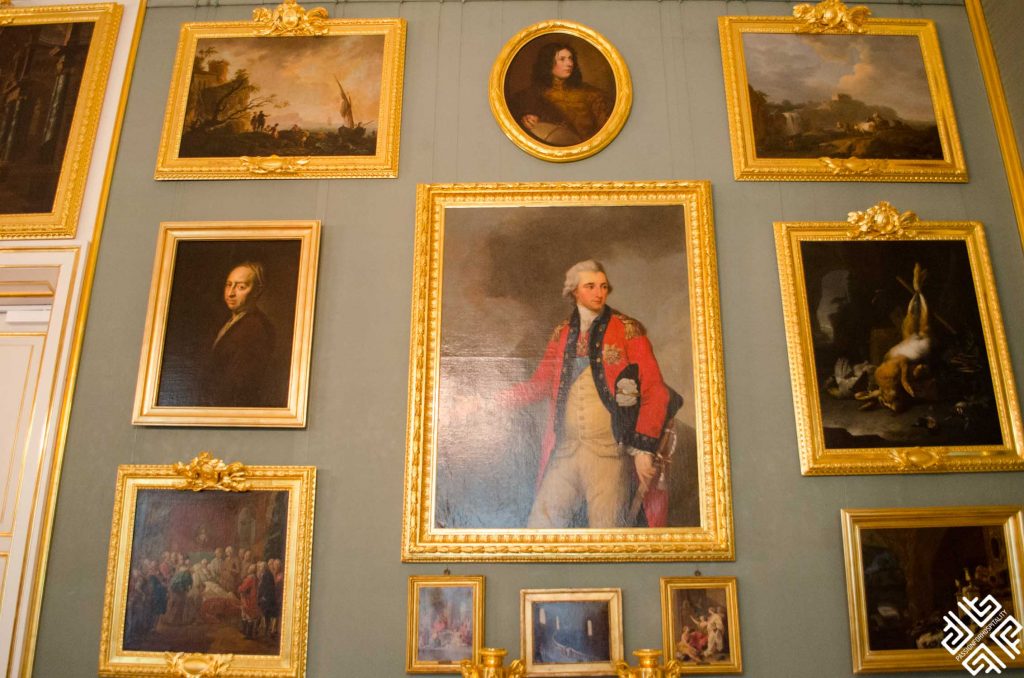
Old Town
The Old Town of Warsaw is included on the UNESCO World Heritage list and is one of the top tourist attractions in Warsaw.
The town was completely rebuilt after World War II. Walking inside the narrow streets of the Old Town you will come across a plethora of cafés and restaurants. For more inspiration on how to take better photos, check out this post by my friend Ajay — The Art of Seeing.
At the Old Town Market Square you will see the famous statue of the Mermaid which is the symbol of Warsaw and is found on the city’s coat of arms.
Palace of Culture and Science
The Palace of Culture and Science is the tallest building in Poland and eighth tallest building in Europe.
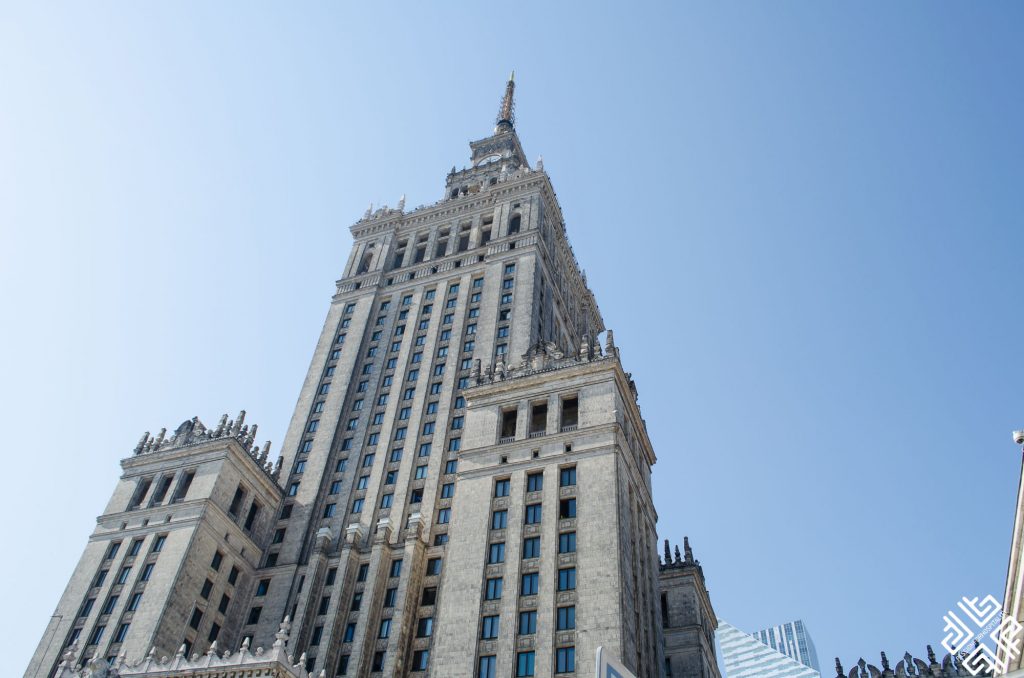
Constructed in 1955 the building was a present from the Soviet Union to the Polish people. Initially the Polish people though that the building was going to be a church and in the end they got disappointed.

The building has a total of 3,300 rooms and is used for offices, libraries, cinemas, clubs, universities, scientific institution and public authorities.
National Museum
National Museum, Aleje Jerozolimskie 3, Warsaw, Poland
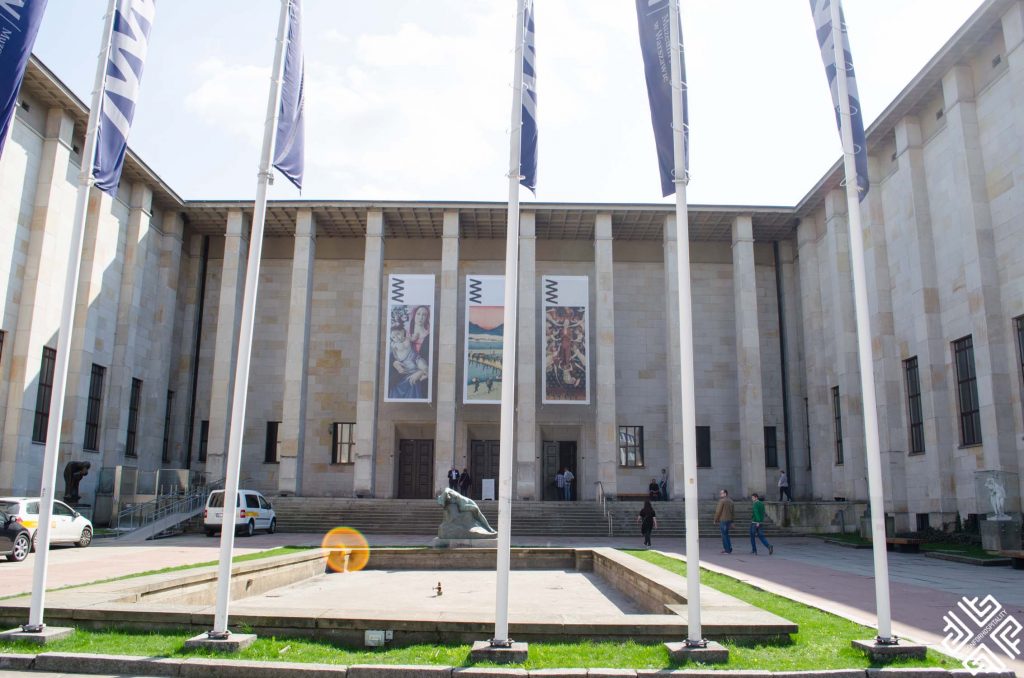
Art lovers will definitely enjoy a visit to the National Museum which exhibits Polish and European art from the Medieval Ages to the present day. The National Museum is one of the oldest art museums in the country and was originally founded in 1862.
There are several galleries dedicated to Polish art and some of the country’s leading artists. There are also temporary art exhibitions taking place at the museum. You can check their schedule online.
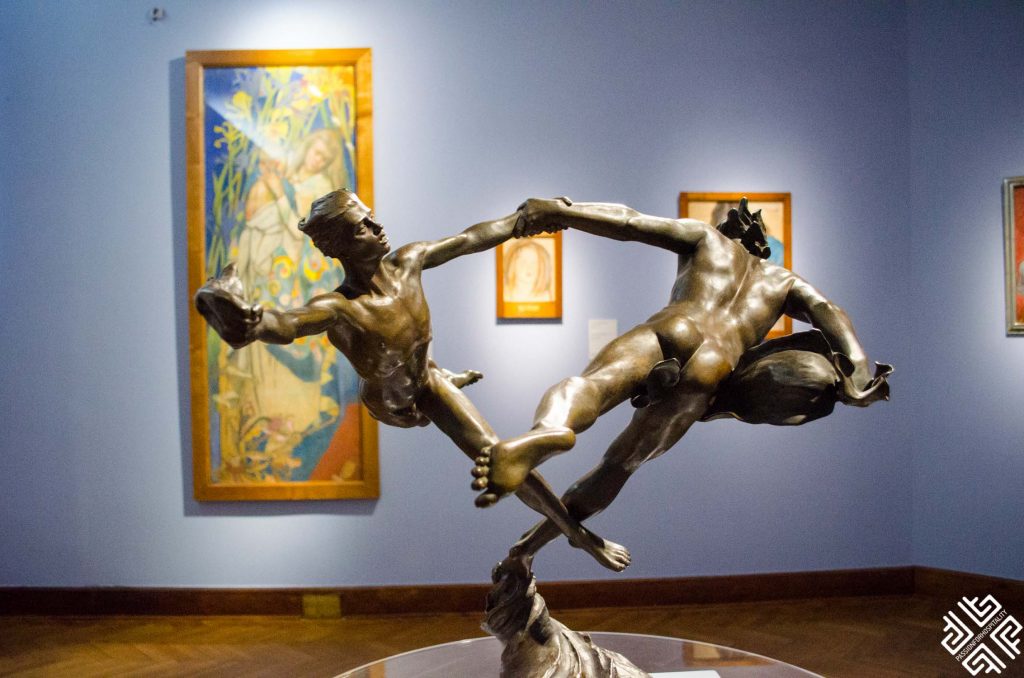
The museum is closed on Mondays. There is a free admission to the permanent galleries on Tuesdays.
Museum of the History of Polish Jews POLIN
6 Mordechaja Anielewicza St. , Warsaw, Poland
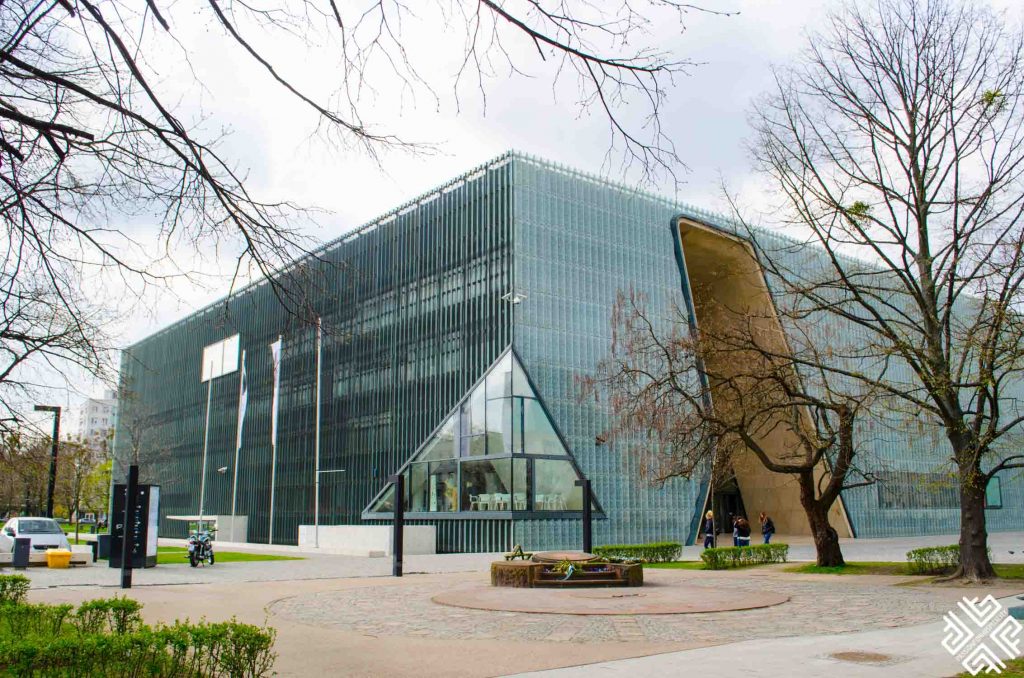
The Museum of the History of Polish Jews POLIN is situated in the centre of the former Jewish ghetto of World War II. In this interactive museum you can learn all about the touching journey of over one thousand years, showcasing the history of the first Jewish settlements in Poland and how it evolved over the years.
The museum is closed for visitors on Tuesdays. On Thursdays the admission to the core and temporary exhibitions is free of charge. Admission fee 25 Polish Zloty (approximately 6 Euro)
Ogród Saski (Saxon Garden)
The Saxon Garden is the oldest central park of Warsaw which was founded in the late 17th century and is one of the first publicly accessible parks in the world.

This Baroque style park which was inspired by inspired the park of Versailles is home to an alley lined with beautiful statues.
Visit the Shopping Malls
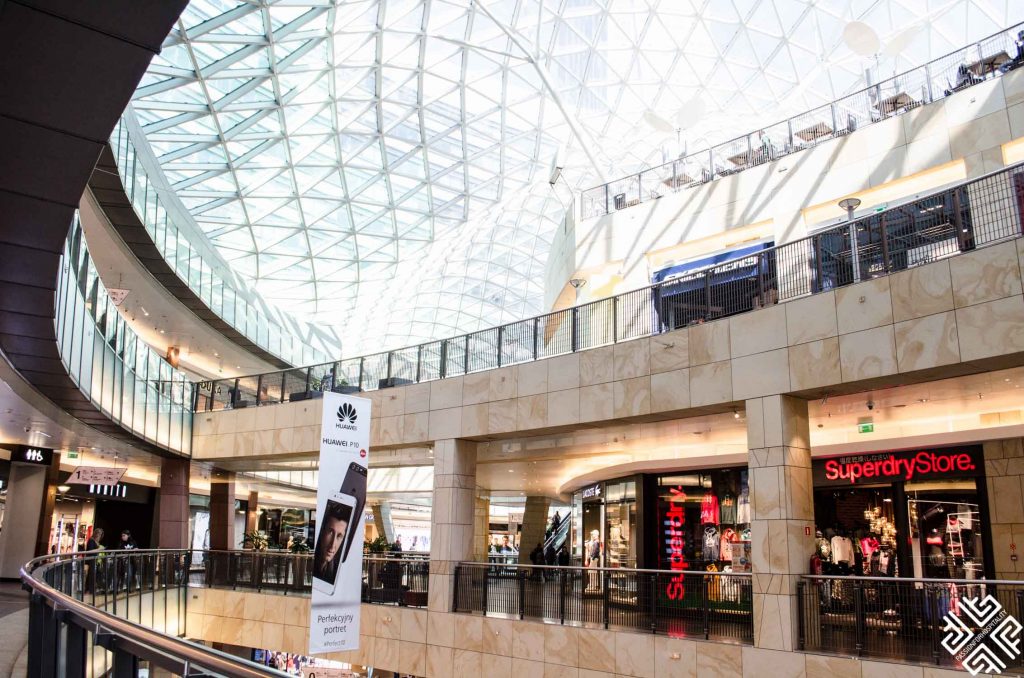
Warsaw is home to about 20 shopping malls most of which offer a variety of entertainment options. The top three malls which are located at the city centre are Arkadia, Galeria Mokotów and Złote Tarasy.
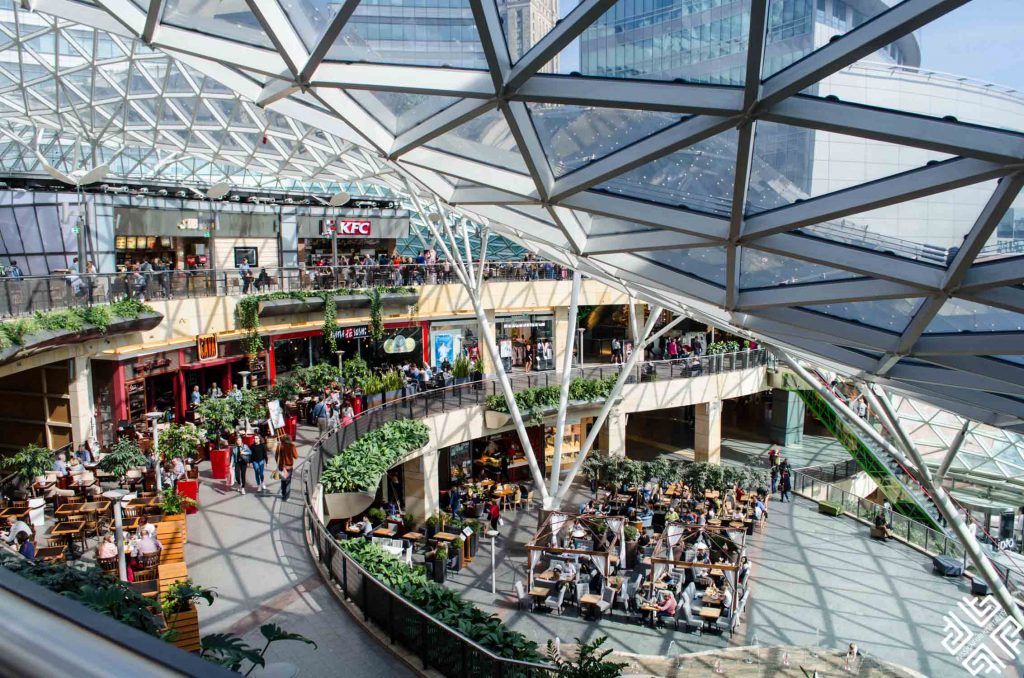
I had visited and shopped at the Złote Tarasy which was a short walking distance from the Radisson Blu Sobieski Hotel where we stayed and is centrally located from all of Warsaw’s tourist attractions. The shopping malls are open seven days a week.
Bicycle friendly Warsaw
Cycling is a great way to explore Warsaw and see the city from a totally different perspective. Warsaw is a bicycle friendly city with lanes for cyclists.
Where to Stay in Warsaw?
Radisson Blu Sobieski
Plac Artura Zawiszy 1 02-025 Warsaw Poland
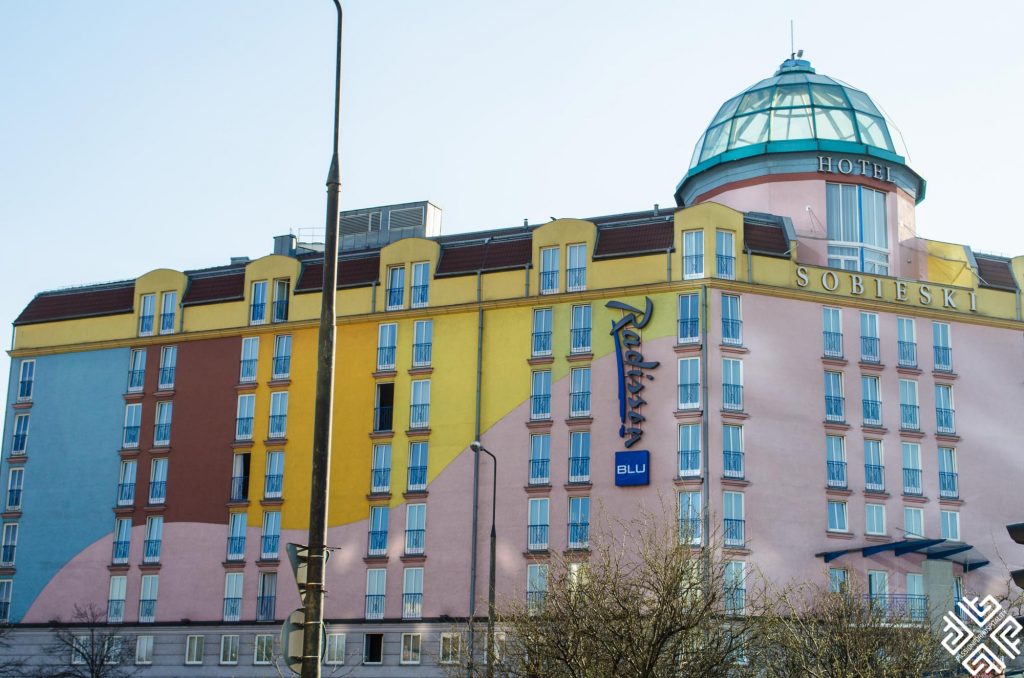
We stayed at the 4 star Radisson Blu Sobieski Hotel which is centrally located in Warsaw’s Business District, approximately a 10-minute walk from the Złote Tarasy shopping centre and the central train station.
We stayed at the Business Class Room which features extra amenities like Super Breakfast Buffet which can also be ordered as room-service, however we chose to have our breakfast at the breakfast area.
There was a Nespresso machine in the room and complimentary Wi-Fi.

I had used the services of the Concierge prior to arrival to arrange for flowers in the room for my mother’s birthday, generally the service was good however at certain point the level of English could have been better for an International hotel chain.
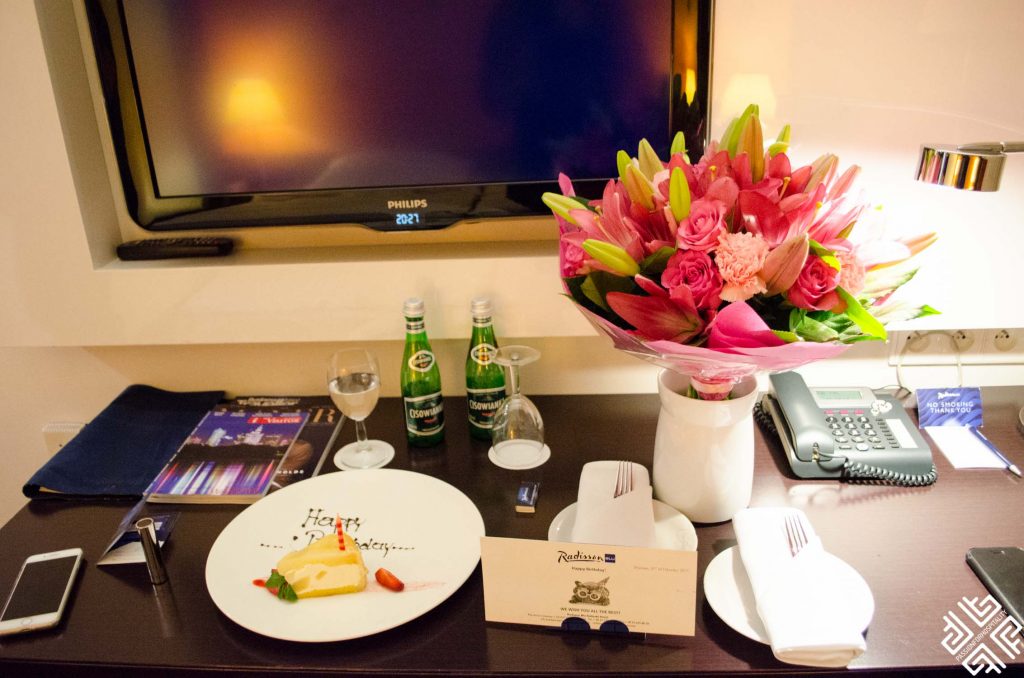
As I had recently stayed at a Radisson Blu in Bucharest (read my review here), although many of the amenities and buffet breakfast items were similar, I believe that there is room for improvement where service is concerned.
For availability and rates click here.
Where to Eat?
Grand Kredens
ul. Aleje Jerozolimskie 111, Warsaw 02-017, Poland
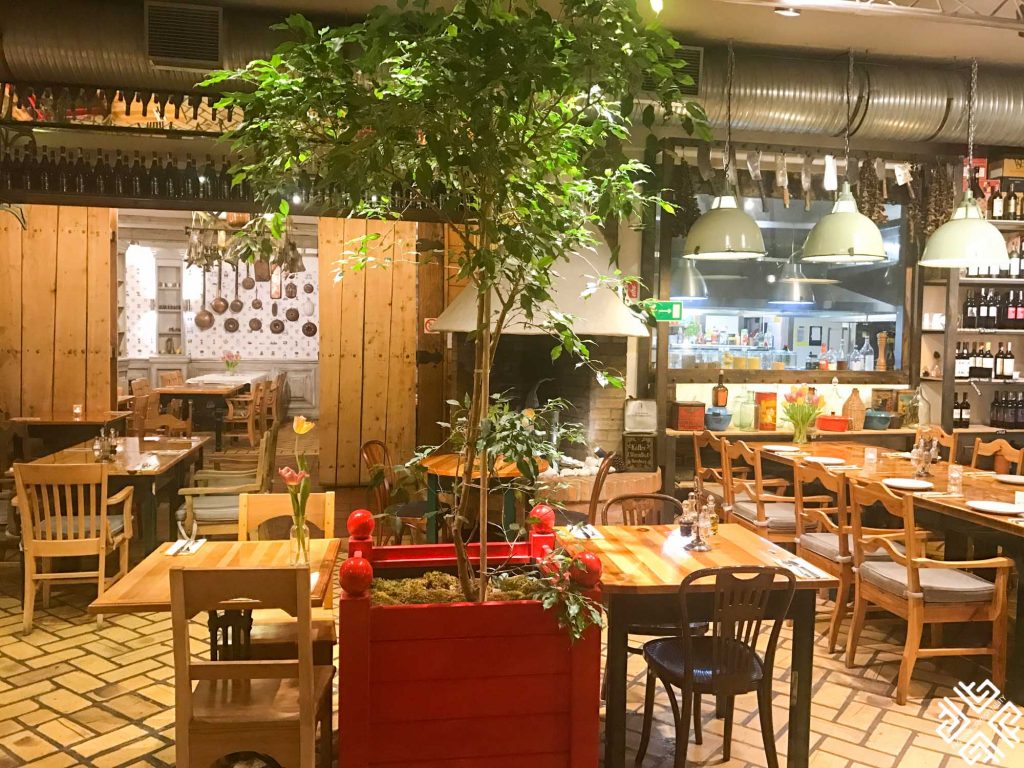
The restaurant was located at a close walking distance from our hotel and we had dinner here two nights in a row. Very nice ambience, great Polish food and attentive staff.
We had polish dumplings which are served with various fillings, salmon with vegetable and chicken with vegetables.
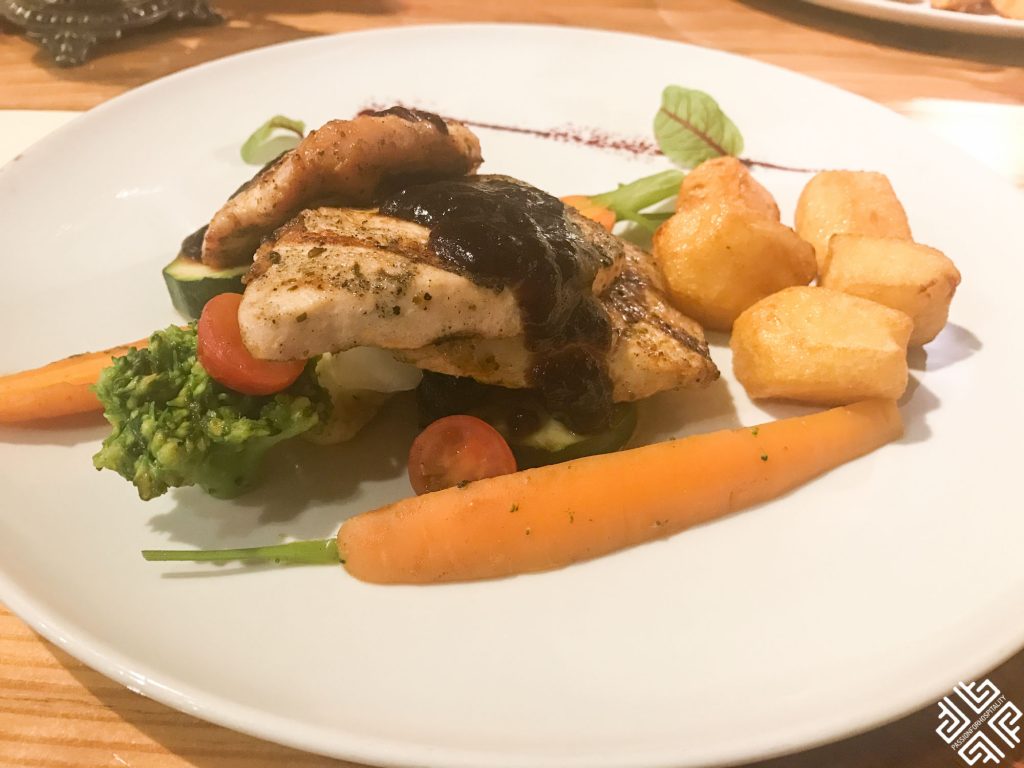
AleGloria restaurant
Plac Trzech Krzyży 3, 00-535 Warszawa
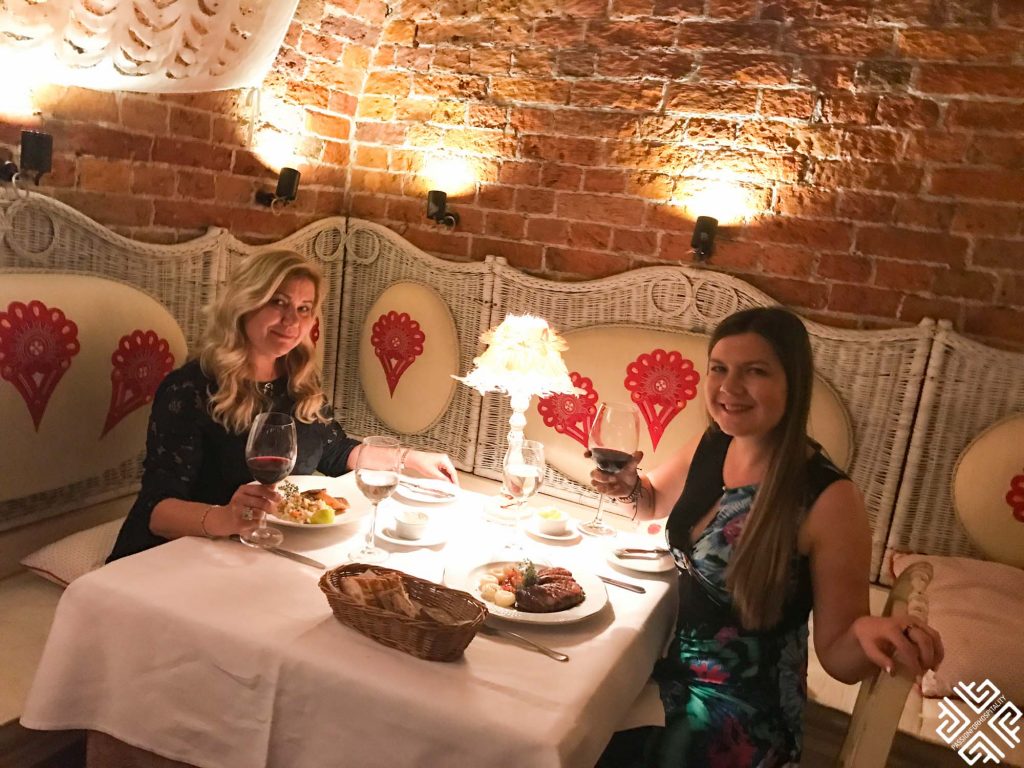
One of the most famous restaurants in Warsaw founded by Magda Gessler a renowned Polish culinary television personality. Her restaurant resembles an art gallery. We booked a table here to celebrate my mum’s birthday.
The menu serves creative Polish cuisine. We had a selection of the famous dumplings, Carpaccio of duck breast with mix of greens drizzled with balsamic & wild strawberries sauce, pink duck breast in rose sauce served with homemade pasta and plums salad with cinnamon and crispy fillet of sea trout with creamy & velvety seaweed risotto with cryfish. Beautiful ambience and a memorable dinner experience.
We hope that you find our guide to what to see and do in Warsaw useful. Have you been to Warsaw? Let me know what you liked best by commenting below.
If you wish to discover more of Poland check out this post on CRACOW & ZAKOPANE TRIP – 5 DAY ITINERARY
PIN IT!
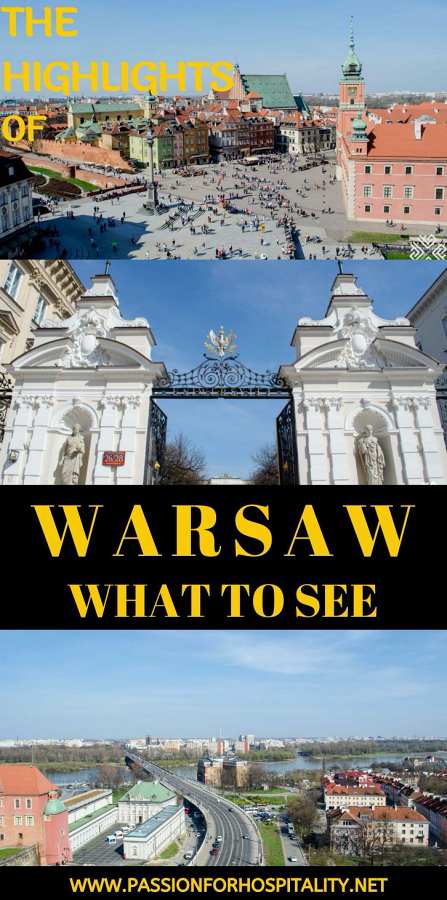
The post The Highlights of Warsaw: What to See and Do appeared first on Passion for Hospitality.

